|
I made my first trip to the magical island of Sicily over a year ago where I met with winemakers, toured vineyards and tasted some fabulous wines. One of my stops along the way was Feudo Arancio which is also home to Stemmari Wines located in Sambuca di Sicilia, in the southwestern area of Sicily. In addition to vineyards in Sambuca di Sicilia, they have another estate in Acate, with a total of 700 hectares of vineyards between the two estates. Sustainable farming is practiced on both estates using solar energy, recycling water and taking a green approach to winemaking. Both indigenous and international grapes are cultivated. After the grapes are harvested (by hand and machine) they are brought to the on-site production facility in Sambuca di Sicilia for vinification where most of the winemaking is done underground, providing a natural cooling environment. Recently, Stemmari debuted an extraordinary wine called Hedonis Riserva, taking Sicily’s indigenous grape, Nero d’Avola to a new level of flavor and complexity. I had the opportunity this past week to meet one on one with the winemaker, Lucio Matricardi, Ph.D. and taste the Hedonis Riserva with him. Lucio said, “Hedonis Riserva was a 10-year project in the making. We examined and tried different ways to grow Nero d’Avola and experimented with various fermentation methods". Lucio added, “ You will taste this wine and see for yourself that it is like no other Nero d’Avola you’ve ever had”. And, he was right! Lucio explained to me that the Nero d’Avola grapes are harvested in sections. Two blocks are harvested in mid-September and undergo fermentation and maceration for 15 to18 days, and then the wine is aged in French and American oak barrels for 18 to 20 months. Another two blocks of grapes are harvested at a later date, allowing the grapes time to mature further. This selection of harvested grapes is then left out to dry on flats giving them enough time for the sugars and flavors to become more concentrated. This can take anywhere from a few weeks to several months. It is called the appassimento method. After optimum drying is reached, the grapes go through fermentation and maceration for about 15 days and then the wine is aged in stainless steel tanks for 18 to 20 months. After the aging is complete for both wines, they are blended together using 50% of the wine aged in barrels and 50% of the non-oaked wine made using the appassimento method. Hedonis Riserva is 100% Nero d’Avola. The color is deep ruby with intoxicating aromas of dark berries, plum, sweet spice, fig and hints of oak. The palate is layered with juicy berries, dark cherry, pomegranate, fennel and a touch of dried fruits. Hedonis Riserva is a beautifully balanced wine with silky tannins and a very expressive presence. This is a wine that needs no food and is easy to drink on its own. However, it will pair well with a variety of foods such as meats, stews, firm fish and cheese. Alcohol: 14% SRP: $49.00 The wine label is a whimsical depiction of the wedding of Dionysus, the ancient Greek god of wine and his bride Ariadne, the immortal princess of Crete. The wine is named for the hedonist festivities performed in Dionysus honor. My compliments to Lucio Matricardi for creating a unique Nero d’Avola wine and truly capturing the essence of Sicily.
Until next time… Cheers! Penina To leave a comment or if you have an inquiry, please contact me at [email protected] About seven years ago, I purchased an assortment of D’Isanto & D’Isanto I Balzini wines. Over the course of five years I have opened most of them and at times shared my thoughts with you. Alas, my stock is dwindling and I have only four bottles left. In 1980 Vincenzo D’Isanto founded D’Isanto & D’Isanto winery and planted his first vineyard located in the heart of central Tuscany at his estate in Barberino Val d’Elsa, which is on the border between Florence and Siena. Swept up in her husband’s dedication and love for winemaking, Antonella left her previous profession and joined Vincenzo in 2005 immersing herself completely in the management of the estate with the assistance of her daughter, Diana. Antonella and Vincenzo define themselves as “producers for passion” and feel that the territory must be loved, respected and cared for. They use only organic ingredients on the vines and all the grapes are carefully picked by hand. In keeping with their respect for the environment, they built a new energy efficient underground barrel-aging cellar. As you can see from the photo below, the vines are planted on small terraces exposed to the sun. The name “Balzini” is the Tuscan word for small terraces. The climate here is warm and temperate with soils of yellow sand and clay that contain the presence of marine fossils all of which contribute to the character of the wine. Antonella started a project called “Tuscan Colors”, where every type of wine they produce is characterized by a color on its label and made with a particular blend of grapes. Tuscan Colors began with Vincenzo’s White label, the first wine introduced to the market in 1991 and made with Sangiovese and Cabernet Sauvignon grapes. The Black label followed eleven years later and is made with Sangiovese, Cabernet Sauvignon and Merlot grapes. The Green (Sangiovese and Mammolo) and Red (Merlot, Cabernet Sauvignon & Sangiovese) labels came next and most recently, the Pink label, a rose made with Sangiovese and Merlot. In 2015, I opened a 2008 D'Isanto & D'Isanto I Balzini White Label Colli della Toscana Centrale IGT. My last bottle of this vintage and label was opened last night. I thought it would be interesting to see what, if anything, has changed in three years. 2008 D'Isanto & D'Isanto I Balzini White Label Colli della Toscana Centrale IGT is made with 50% Sangiovese and 50% Cabernet Sauvignon. The wine was aged in medium-toasted French oak barrels for approximately 12 months and then in the bottle for at least 18 months before release. I allowed the wine to breathe for about 20 minutes before drinking to help soften the tannins. The wine is a deep garnet color with enticing aromas of dark berries, plum, floral and spice. The palate offeres dark fruit, plum and spice with hints of pepper and oak. Tannins were smooth and the finish was long. The wine was definitely softer than when I tried it in 2015. However, it was still rich and jammy. Alcohol: 13.5% SRP: $40 The odds of finding a White Label 2008 is rather slim but check out the newer vintages. I don’t think you’ll be disappointed!
Until next time… Cheers! Penina To leave a comment or if you have an inquiry, please contact me at [email protected] All it took was a 15-degree drop in temperature and a cool breeze for me to start thinking about making a batch of soup and pumpkin muffins. The temporary change in weather also motivated me to open a bottle of red wine. Having tasted a lot of lightweight wines the past few months, I was “jonesing” for some Chianti. Chianti Classico appellation is located in Tuscany, Italy situated between Florence and Siena and is the most esteemed and ancient area in the Chianti winemaking zone. Chianti Classico is a small wine region that produces DOCG wines with very specific rules. The blend must be at least 80% Sangiovese grapes. Chianti Classico Riserva is made with the best Sangiovese grapes and requires a minimum of 24 months maturation, including 3 months of bottle aging. Every bottle of Chianti Classico has a pink label with the Black Rooster seal, authenticating the wine. The label is a symbol of the Chianti Classico Wine Consortium. The bottle must also bear the DOCG label (Denominazione di Origine Controllata e Garantita), which under Italian wine law is the highest designation of quality among Italian wines. Tomaiolo Chianti Classico Riserva 2012 DOCG is a blend of 90% Sangiovese and 10% Cabernet Sauvignon. The wine is aged in oak casks for 24 months and one year in the bottle. The color is deep ruby with aromas of cherry, blackberries, spice, violet and oak. The palate offers dark cherry, dark fruit, cranberry, toast and a long finish of cherry and cocoa. This is a full-bodied, dry wine with soft tannins. Pair with grilled meats, pasta and red sauce, and seared tuna. SRP: $12.99 Alcohol: 13% I never did make the soup or pumpkin muffins, but there’s always next week!
Until next time… Cheers! Penina To leave a comment or if you have an inquiry, please contact me at [email protected] Puglia was our last stop on a whirlwind tour in Italy last month. Puglia is the heel of Italy’s boot and is located in the southeast corner of Italy with the Adriatic Sea to the east and the Ionian Sea to the southeast. We flew from the majestic mountainous region of Veneto to the breathtaking coastline of Brindisi, a port city in the Salento region of Puglia. Brindisi is lush with tropical trees, white sand beaches, abundant sunshine, a dazzling view of the Adriatic Sea and relatively flat land, making it a perfect agricultural area for producing such products as wine, olive oil, artichokes and tomatoes. The city has an exciting vibrancy attracting young and old to its beaches, historical sites, boating and dining on local cuisine in some fab restaurants. Brindisi is a great combination of new and old world charm. Luigi Rubino and his wife Romina Leopardi of Tenute Rubino winery hosted our visit. The moment I met this dynamic couple, I was caught up in their enthusiasm and passion for Puglia, especially for their dedication to preserve ancient viticulture while embracing state-of-the-art practices and also their vision and mission for the near future to put Puglia back on the map and especially Brindisi. Their plan is to build a new winery that includes a small hotel with several amenities overlooking the Adriatic Sea. It is their desire to make Brindisi a tourist destination. For Luigi and Romina the future is tourism, wine and gastronomy! It all began with Luigi’s father Tommaso Rubino who back in the 1980s saw the potential of the land in Salento. Over time, Tommaso purchased land that is today divided into four estates. Luigi completed the construction of a new vinification and refining cellar in Brindisi and created the brand Tenute Rubino in 1999, paying homage to his father by promoting the historical vines of Salento that include Negroamaro, Primitivo, Malvasia and Susumaniello. And by 2000, the first bottle of Marmorelle Rosso was released. Just a quick note on the Susumaniello grape: It is an ancient red grape indigenous to Brindisi and grown almost exclusively in the Salento area. It ranks among the world’s rarest of grapes. Tenute Rubino is best identified with Susumaniello. The grapes are grown in the Jaddico estate with an assortment of vines, some of which are 75 years old. Luigi started the Susumaniello project in 2000 with Torre Testa wine. His goal is to reintroduce this rare grape to the world and make it the primary wine of the area. Tenute Rubino owns 500 hectares, of which 200 hectares are under vine located along the shores of the Adriatic Sea stretching inland. Each of the four estates is unique in bringing different expression to the same grapes planted. I encourage you to visit Tenute Rubino website to learn about each estate, the grapes planted, the soil and climate. https://www.tenuterubino.com Slideshow of vineyards and land below. In addition to walking the vineyards and learning about the indigenous grapes, Luigi showed us the blueprints of where he and Romina plan to start their visionary project. It is impressive on paper and one can only imagine how beautiful and magical the complex will be once built! After visiting the vineyards we drove to the winery for a cellar tour and wine tasting with Luigi, Romina and the oenologist, Luca Petrelli. We tasted through six wines, all unique and expressive of the land. 2010 Giancòlo IGT Salento made with 100% Malvasia Bianca from Jaddico estate. Aromatic with honeysuckle, peach, citrus and hints of brine. Bright acidity, fresh with honey, pear and tropical fruit on the palate. SRP: $18 2016 Torre Testa Rosé IGT Salento made with 100% Susumaniello from Jaddico estate. Fresh berries and a touch of salinity on the nose. The palate offers strawberry and Bing cherry. Crisp and refreshing. SRP: $16 2016 Oltremé IGT Salento made with 100% Susumaniello from Jaddico estate. Heady aromas of deep cherry and dark plum. Rich and smooth with lush dark cherry, chocolate, spice and a hint of anise on the palate. This is a “best seller” in USA market and one of my favorites! SRP: $11 to $14 2016 Miraglio DOC Brindisi made with 100% Negroamaro from Uggio estate. Aromas of dark berries, pepper, herbs and spice. The palate offers nice layers of blackberry, plum and hints of floral with medium tannins. SRP: $11 to $14 2015 Jaddico DOC Brindisi Riserva from Jaddico estate. Made with 80% Negroamaro and 20% Susumaniello Aromas of cherry, dark berries, pomegranate and hint of spice. The palate offers dark, juicy fruit with a smooth and rich texture. SRP: $25 2016 Torre Testa IGT Salento made with 100% Susumaniello from Jaddico estate. This is an elegant wine and it is another favorite of mine. The nose offers dark berries with fresh fruit, plums and sweet spice. The palate is layered with rich “jammy” dark fruit and spice. Full-bodied and a beautiful balance of acidity and tannins. SRP: $40 Over the course of two days we sampled many of Tenute Rubino wines with our meals. And speaking of food, Romina and Luigi own a fantastic restaurant called Numero Primo, a wine bar on the Brindisi waterfront. Slideshow below of small sampling of food & wine Tenuto Rubino also makes three outstanding extra virgin olive oils ranging from light and fruity to intense fruity. The olive oil is so good, I could drink it! Every year the Jaddico estate hosts the Women’s Harvest Festival celebrating the local women who work year-round in the vineyards from tending the vines to harvest time. The festival honors the commitment and skill of the women who make up the team. The festival is open to the public to enjoy wine, food, singing and dancing. This is a beautiful way to pay homage to the hard and dedicated work of these women. Our last night in Brindisi was spectacular. Romina and Luigi hosted a small party on a cruising catamaran complete with music, food, wine and a singing captain! It gave us a chance to see the coastline of Brindisi from the water, experience a beautiful sunset and admire some impressive architecture! It was truly a night to remember. Slideshow below. I look forward to returning to Puglia and hopefully, I will get to see the completion of Luigi and Romina’s vision for Brindisi in the not too distant future!
If you can’t make it to Puglia anytime soon, buy a bottle of Tenute Rubino and pour yourself a glass. I can assure you that with each sip the wine will tell you a story of the terroir, sea, history and tradition of this enchanting region. Thank you to Luigi and Romina for allowing me to look at Puglia through your eyes and for the opportunity to taste your impressive wines. I look forward to sharing your parting gifts with family and friends. Until next time… Cheers! Penina Veneto is a beautiful region in the northeastern part of Italy. With the eastern Dolomite Mountains, Carnic Alps, Venetian Pre-alps and the Adriatic Sea as its backdrop, the landscape just doesn’t get any better or more dramatic. It is simply breathtaking at every turn. The Veneto region is filled with small historic towns, hamlets, ancient castles and is home to the famous cities of Venice, Verona, Padua and Treviso. With a population of just under five million, Veneto is the 5th largest region in Italy. About 26 miles north of the Treviso airport are the small towns of Conegliano and Valdobbiadene, the home of Prosecco Conegliano Valdobbiadene DOCG, where some of the finest Prosecco is made. The area is also called Prosecco Superiore DOCG. Conegliano Valdobbiadene has ancient origins of vine growing dating back to the Roman Empire, but the first written documentation of connecting Prosecco to this area is 1772. With the D.O.C. being established here in 1969, historic production of Prosecco has been limited to 15 communes. In 2009, Conegliano Valdobbiadene Prosecco Superiore DOCG certification was issued. It is a countryside filled with hills and rolling slopes rising up from the Piave River. From early origins, a glacier slid down from the Dolomites and came to rest in a valley that eventually became the riverbed of the Piave. The river begins in the Alps and flows into the Adriatic Sea. The local soil is attributed to this glacier and can vary depending upon the slope of the hill. Some areas contain rock, sand, clay and iron oxides. In areas unaffected by the glacier, the soils contain marls and sandstone and are less deep and more porous. Because Conegliano Valdobbiadene is situated between the sea and Pre-alps, the area experiences a mild climate with constant breezes. Vineyards have great sun exposure and benefit from the altitude and broad differences between day and night temperatures. The slopes, micro-climate, sun exposure and various soils make this an ideal setting for growing Glera grapes for the production of Prosecco Superiore. In 1946, Epifanio Dal Bianco founded Masottina Winery located in Conegliano. Realizing the potential of the land, he expanded the family’s vineyards year by year. His eldest son Adriano and wife Franca and two brothers, Valerio and Renzo joined Masottina, advancing the company into the world of production. Adriano became an oenologist, graduating from Conegliano Oenological School where he learned the skills needed to take Masottina to a “cutting-edge, world-renowned” winery. Adriano remains CEO and winemaker and his wife Franca takes care of administration. Renzo is head of vineyards management Adriano’s three sons represent the third generation, with Filippo as sales manager for the Domestic Market and a few International Markets, Frederico as Marketing & Sales Manager and Edoardo who takes care of the production system. The family’s experience, work ethic, love of the land and passion for quality is evident in the wines they produce. Masottina has about 300 hectares of vineyards of which half are located in the historical Conegliano Valdobbiadene DOCG, including the area in the Rive of Ogliano, where Masottina produces their most elegant and expressive wines. Ogliano is in the easternmost hills of Conegliano and “Rive” refers to the most prized position on the hill. Below is a slideshow of Masottina and its breathtaking views. Masottina introduced “Rive di Ogliano” wines in 2009. The grapes are hand harvested and originate from only one location. Vintage and harvest location are indicated on the labels. “Contrada Granda” Rive di Ogliano Brut “Le Rive di Ogliano” Rive di Ogliano Extra Dry Some of Masottina’s other sparkling wines are: Conegliano Valdobbiadene Prosecco Superiore DOCG Brut, Extra Dry and Brut Biologico. Prosecco Doc Treviso Brut, Extra Dry and Prosecco Doc Brut Biologico Cuvée Rosé Extra Dry I have written several stories about the sparkling wines from Conegliano Valdobbiadene DOCG and I always enjoy drinking the wines from this area. However, I am in awe of how Masottina has taken Prosecco to another level. The wines are intensely aromatic with a wide range of flavors including citrus, tropical fruit, stone fruit, spice, floral and mineral. From the entry-level wines to the more complex Rive de Ogliana wines, each style is unique and expressive. And whichever Masottina sparkling wine you choose, it is the right choice! In addition to sparkling wine, Masottina also produces a small range of still wines under the label “Ai Palazzi” from their estates in the Colli di Conegliano and Tenuta Ai Palazzi, located in the province of Treviso. Masottina wines range in price from approximately $15 to $30. For more information about Masottina, their complete wine collection and availability of wines in your area, please visit: http://www.masottina.it Venice is approximately 39 miles south of Conegliano and a trip to Veneto would not be complete without visiting the “city of canals”. A private water taxi whisked us off for an enchanting afternoon and evening in Venice. We dined at a beautiful restaurant with our host Frederico Dal Bianco and tasted more of Masottina’s impressive wines. It was a very overcast day, but Venice never looked more beautiful to me! On our final day in Veneto, we toured the areas of Conegliano and Valdobbiadene, stopping to see historic sites that included Molinetto Della Croda, a 17th-century water mill and Abbazia Cistercense Santa Maria di Follina that dates back to the 12th century. The slideshow below depicts aspects of the tour including photos from our stay in the town of Conegliano. And yes, here is a sampling of the amazing food we had while in Veneto. As you can see, Veneto has much to offer and I can’t wait to return!
Grazie to the Dal Bianco family for your generous hospitality and for sharing your exceptional wines! Cheers! Penina All photos by Penny Weiss To leave a comment or if you have an inquiry, please contact me at [email protected] Imagine scenic valleys embracing storybook Alpine villages. Add snow-capped mountains that surround the villages and you have arrived in Alto Adige, the northernmost wine region of Italy. Noted for its dramatic peaks, Alto Adige is bordered by Austria and Switzerland and is one of Italy’s smallest winegrowing regions. It also dominates the country in wine worthy of a DOC designation, with 98% of its wines falling into this category! Alto Adige enjoys a mild Alpine-continental climate with big temperature swings between day and night, averaging a temperature of 64 degrees during the grape growing stage. There are over 300 days of sun per year with approximately 27 inches of rainfall per year. The Dolomites protect the vineyards from cold winds coming from the north. And to the south, where the land is open, warm air currents waft over the winegrowing vineyards coming from Lake Garda and the Mediterranean. The lowest vineyards are at 750 feet and the highest vineyards reach 3,250 feet above sea level. The average elevation is approximately 1,600 feet. Alto Adige has a broad range of soils such as volcanic porphyry, quartz, limestone, dolomite and sandy marl. The soils combined with the climate make for an ideal stage on which to grow high-quality grapes. More than sixty percent of the region’s vineyards are white grape varieties such as Pinot Grigio, Chardonnay, Pinot Blanc, Gewürztraminer and Veltiliner. Approximately forty percent of the vineyards are red grape varieties such as Cabernet Sauvignon, Merlot, Pinot Noir, Malvasier, Schiava, Lagrein and Moscato Rosa. My focus today is on Pinot Grigio and Pinot Noir, specifically from the winery of Peter Zemmer. Peter Zemmer winery is one of the oldest wineries in Alto Adige. It is located in Cortina, one of the smallest communities in Alto Adige with 600 inhabitants in the village. It is situated in the middle of the valley floor, near the Adige River. Cortina is a world-renowned ski resort and was host to the 1956 Winter Olympics Games. Peter’s grandfather founded the winery in 1928 and Peter is now the third generation in this family-run winery. Peter says “The cultivation of vineyards has been an important part of our family history for almost a century. The third generation still shows the same enthusiasm for wine. Culture and nature, tradition and innovation, great respect and development, I love and live my environment.” Grapes grow on the mountain valley floor and steep surrounding hillsides. The winery practices sustainability, uses only organic fertilizer and uses natural winemaking techniques. Peter Zemmer Rolhüt Pinot Noir DOC 2017 Pinot Nero is the Italian name for Pinot Noir. However, both names can be seen on bottles produced in Italy. Although this region might be more popular for its white wines, red varietals grow well here, including Pinot Noir. Rolhüt is 100% Pinot Noir and the grapes come from the 15-acre Rolhüt site located in the immediate vicinity of the winery. The vineyards sit at an elevation of 1,400 feet and contain soils of loam, chalk and porphyry. 70% of the Pinot Noir is aged over 12 months in large French oak barrels and the remainder is aged in small, 2-3-year-old French oak casks. After blending both, the wine is then bottled and aged for an additional 6 months. The color of the wine is cherry red with fragrant aromas of cherry, flowers, red berries, sweet apples and spice. The palate offers a crisp, light and savory wine with smooth tannins and layers of fresh strawberry, sour cherry, spice and hints of red plum. Sour cherry, subtle notes of minerality and spice linger on the finish. Alcohol: 13% SRP: $18 Peter Zemmer Pinot Grigio DOC If you have been following my stories, you might have gleaned by now that I’m not a big fan of Pinot Grigio. Well, my opinion has changed dramatically after enjoying this Alpine Pinot Grigio! The grapes are selected from the best vineyards located on the valley floor and steep slopes located near the estate. The soils are stony, sandy and extremely chalky. The poor yield per hectare produces more concentrated flavors and contributes to the quality of this wine. Fermentation takes place in stainless steel tanks using pure strains of yeast and then spends several months of ripening on the yeast to achieve this well-structured wine. The color of the wine is soft yellow and has a very aromatic bouquet of floral, citrus, pineapple and honeydew. The wine envelops the palate with lively layers of white flowers, pear, citrus, minerality and fresh acidity. It finishes with a dash of zest and lingering pear. Oh, my…
Alcohol: 13.5% SRP: $18 The combination of the Alpine air and southern sun in the Alto Adige is producing some outstanding wines that reflect the character of this region. If you haven’t tasted any wines from this magical area, I encourage you to run…not walk…to a wine shop and experience for yourself how truly heavenly and unique these wines are! Cheers! Penina To leave a comment or if you have an inquiry, please contact me at [email protected]  The focus this past Sunday was on moi! My sons came for a visit to celebrate Mother’s Day. Rather than go out to a restaurant, I decided to make lunch for everyone. The lunch menu was grilled chicken tossed with arugula, romaine, sweet corn, avocado, tomatoes, cucumber and tomatoes. It was served with homemade French bread and fresh mozzarella drizzled with balsamic glaze and basil from the garden. To accompany the meal, I opened Stella Prosecco DOC, a light and refreshing sparkling wine. The wine is made with 100% Glera grapes grown in the Veneto region of Italy. The vineyard was planted in 1986 and winemaker Danilo Chini oversees the production. The fruit remains on the lees a total of 30 days with fermentation taking place in steel tanks. The wine is a light straw color with aromas of soft fruit, pear and apples. The palate offers fine bubbles, pear, green apple, white floral and subtle citrus flavors on the finish. This is an easy wine to drink with a perfect balance of sweet and dry. Serve it as an aperitif or with light fare. Alcohol: 11% SRP: $15 I’m off to Greece tomorrow for a great wine tasting! Until then…
Cheers! Penina To leave a comment or if you have an inquiry, please contact me at [email protected] My last post took us to Valdobbiadene, a town in the province of Treviso, in northeast Italy, which is the heart of the “world of Prosecco”. Before we leave this beautiful and historic region, I ‘d like to talk about a noteworthy wine producer. A few months ago I was introduced to David Noto, the owner and importer of Altaneve. One of David’s first questions to me was “do you like Prosecco?” “Indeed”, I answered. “Well then, you must try my wines”. And, after an animated exchange and swapping of business cards, David sent me a few bottles of his sparkling wine. David comes from an Italian winemaking family that stretches over 10 generations. Breaking with tradition, his grandfather moved the family from Calabria to Genoa in the early 1900s so that David’s father could live a more metropolitan lifestyle and receive a broader education. His father graduated college with an engineering degree, moved to NY and became well known for building skyscrapers. David, who was born in NYC, followed in his father’s footsteps, earning a mechanical engineering degree. In addition to his European community and NY projects, David has an impressive resume that includes an MBA from Columbia Business School. Although David and his father diverged from the family roots of winemaking, David became an expert on Prosecco. When he returned to New York in 1999, David soon discovered that he couldn’t find quality Prosecco locally. With winemaking in his DNA and his knowledge of this sparkling wine, it was a natural segue for David to direct his time and energy towards making a worthy wine to introduce to NY and beyond. So, David returned to Italy in pursuit of land and vines to make Prosecco. He went straight to Prosecco Superiore D.O.C.G. region, specifically Valdobbiadene where grapes for winemaking have grown for over 2000 years. The name Altaneve literally means “high snow” in Italian. With a backdrop of the snow-capped peaks of the Dolomite Mountains and temperate microclimate, Glera grapes grow here on steep vineyards in soils of clay, limestone, marl and marine sandstone. Above photos courtesy of Altaneve Altaneve was launched in May, 2013. Altaneve is a reflection of David’s desire to produce high-quality sparkling wines. He works with a top team of winemakers and agronomists to produce these elegant and delicate wines. And although David lives in New York, he travels several times a year to visit his land in Valdobbiadene. Altaneve Prosecco Superiore D.O.C.G is 100% Glera grapes that are handpicked and hand selected from Valdobbiadene. The color is pale straw with a beautiful floral bouquet, pear and hints of stone fruit. Fine perlage, creamy texture and subtle layers of white flowers, pear and honeydew melon delight the palate. Crisp and balanced with a hint of lemon zest on the finish. Serve as an aperitif or with light food. Alcohol: 11.5% SRP: $30 Altaneve Rosé is 70% Pinot Nero and 30% Glera The Glera grapes are grown in Valdobbiadene and the Pinot Nero grapes are grown in Oltrepò Pavese in the Lombardy region. The color is soft salmon with delicate aromas of red berries and floral. The palate offers a fine perlage and soft foam with strawberry, floral and a touch of zest on the finish. Beautifully balanced, crisp and elegant. This wine will pair well with almost any style of food. Alcohol: 11.5% SRP: $33 The wines of Altaneve are a treat and I look forward to tasting more of these sparkling wines. If you’ve never been “moved” by Prosecco, I urge you to try Altaneve. The wines will seduce your palate and give new meaning to the word “Prosecco”. Bravo, David!
Cheers! Penina To leave a comment or if you have an inquiry, please contact me at [email protected] Situated in the heart of Prosecco DOCG are the hills of Santo Stefano di Valdobbiaden where some of the best Prosecco is produced. Valdobbiadene is a town in the province of Treviso, Veneto, in North-east Italy. It is considered the heart of the world of Prosecco. Glera grapes grow in abundance here exposed to a temperate climate with soils of clay, limestone, marl and marine sandstone, which make an ideal stage for producing this sparkling wine. Val Divina is located in the hamlet of Santo Stefano Valdobbiadene. The Adami family has its roots in the hamlet dating back to the great-great- grandfather Abele who is said to have produced the first “Vin Col Fondo” in the district. The Col Fondo style is sparkling wine that finishes fermenting in the bottle. In the early 1970s, Abele’s nephew Abel and his wife Elisa founded a small farm in the hamlet called Valdivina. Val Divina Prosecco DOC Treviso is an extra dry sparkling wine. It is made with 100% Glera grapes. The Charmat method is used to make this wine in which secondary fermentation takes place in steel autoclave tanks. The wine is light yellow with aromas of soft fruit, floral and citrus. It has a beautiful creamy and frothy mouthfeel with delicate flavors of pear, apple, pink grapefruit and stone fruit. This a fresh and engaging sparkling wine. Serve with light pasta, simple cheese or drink as an aperitif. Alcohol: 11.5% I have more Prosecco to taste and share with you in the coming weeks. Stay tuned!
Cheers! Penina To leave a comment or if you have an inquiry, please contact me at [email protected] The other day I had the opportunity to attend a seminar and walk around tasting of many impressive Brunello wines from the Consortium of The Brunello of Montalcino Wine. Although the emphasis was on the 2013 vintage, I also sampled wines dating from 2010 through 2015. The consortium was founded in 1967 and started with a membership of 20 producers. Today there are more than 200 members of which 31 estates were represented at this event. Montalcino is located in the Tuscany wine region of Italy. Montalcino is a small wine region with 3500 acres of vineyards and roughly 250 wineries producing Brunello di Montalcino. Brunello di Montalcino was awarded the first ever DOCG designation in 1980 and is considered one of Italy’s most famous and distinguished wines. DOCG stands for Denomination of Controlled and Guaranteed Origin and it is the highest designation given under Italian wine law. 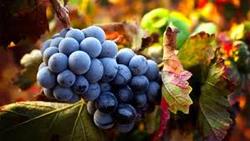 Brunello di Montalcino wine is made exclusively with 100% Sangiovese grapes (named ‘Brunello’ in Montalcino). The skin of the Sangiovese grape is thick and tends to deliver a wine that is fruit forward with bright acidity and high tannins. Of course climate, soil and production play a big part in the wine’s outcome. The village of Montalcino sits high up on a hill with the vineyards sloping downward into the valley. The climate in Montalcino is warm and dry, typical Mediterranean weather. Vineyards are planted up to 500 meters in elevation with north facing slopes experiencing a cooler microclimate and more winds, while the southern and western facing slopes are exposed to extreme sunlight and maritime breezes. The vines are planted in a variety of soils such as limestone, clay, schist, volcanic soil and galestro, all of which contribute to the difference in quality, complexity and character of the wine. DOCG Regulations require that Brunello di Montalcino age for 2 years in oak casks, 4 months in bottle (6 months for the Riserva) and bottling must take place in the production area. Brunello di Montalcino must be aged for a minimum of 5 years (6 years for Riserva) prior to release for sale. Most of the 2013 vintages I tasted were quite approachable and gentler than the more aggressive and bold Brunello I’ve had in the past. My palate was treated to a gamut of flavors such as dark berries, cherry, aromatic wood, anise, leather and spice. “Lush fruit, round tannins, quite aromatic, good structure and high acidity” seemed to be the theme for most of the 2013s with variations according to soil and plot locations. Brunello wines are impressive and I look forward to trying the 2013 vintage again in about five years!
Montalcino wines also include Rosso di Montalcino DOC, Moscadello di Montalcino DOC and Sant’Antimo DOC. I will be exploring these wines in another post. If you like collecting wines, do yourself a favor and pick a bottle or two of Brunello and tuck them away to enjoy at a future date. The aging potential of these wines is 8 to 25 years. Cheers! Penina To leave a comment or if you have an inquiry, please contact me at [email protected] |
Categories
All
|
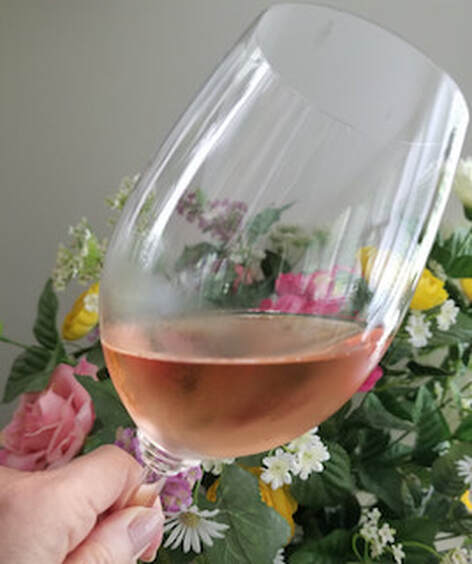
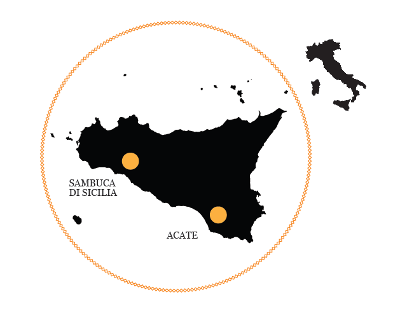
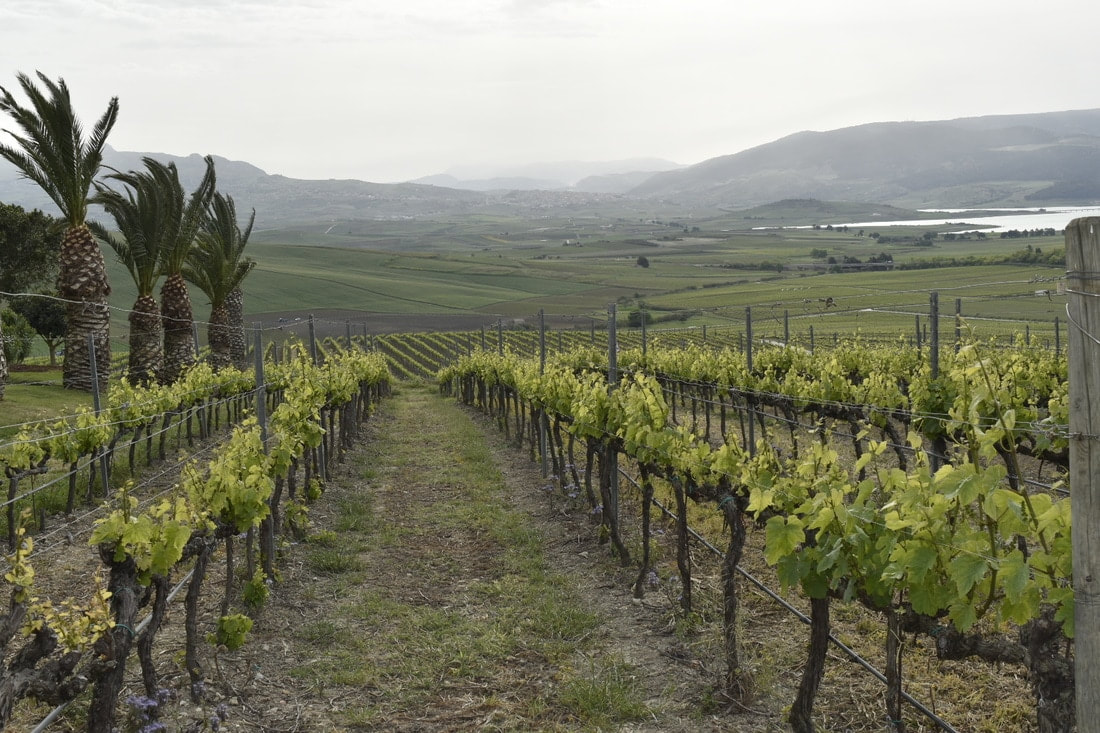
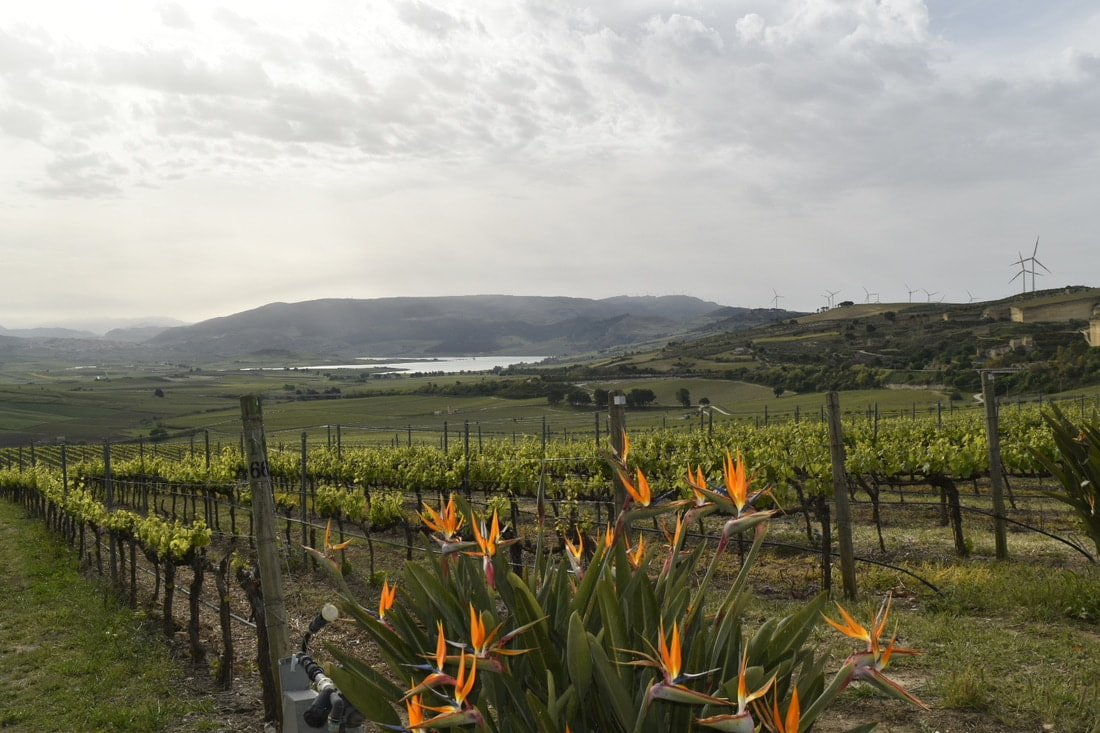
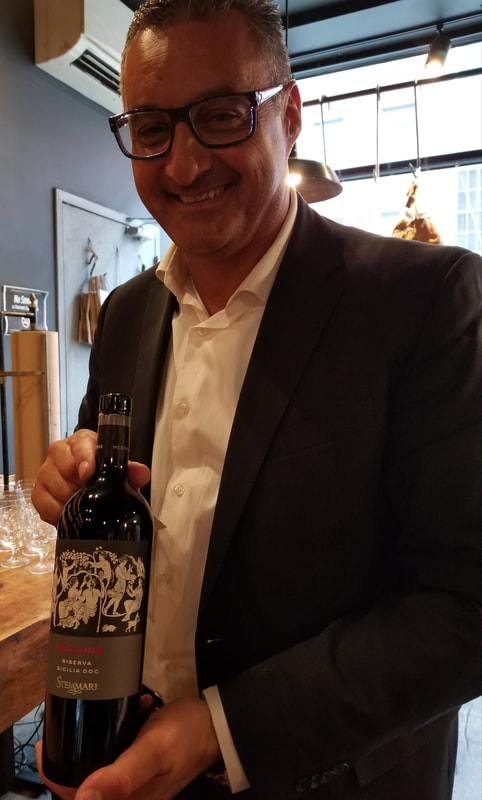
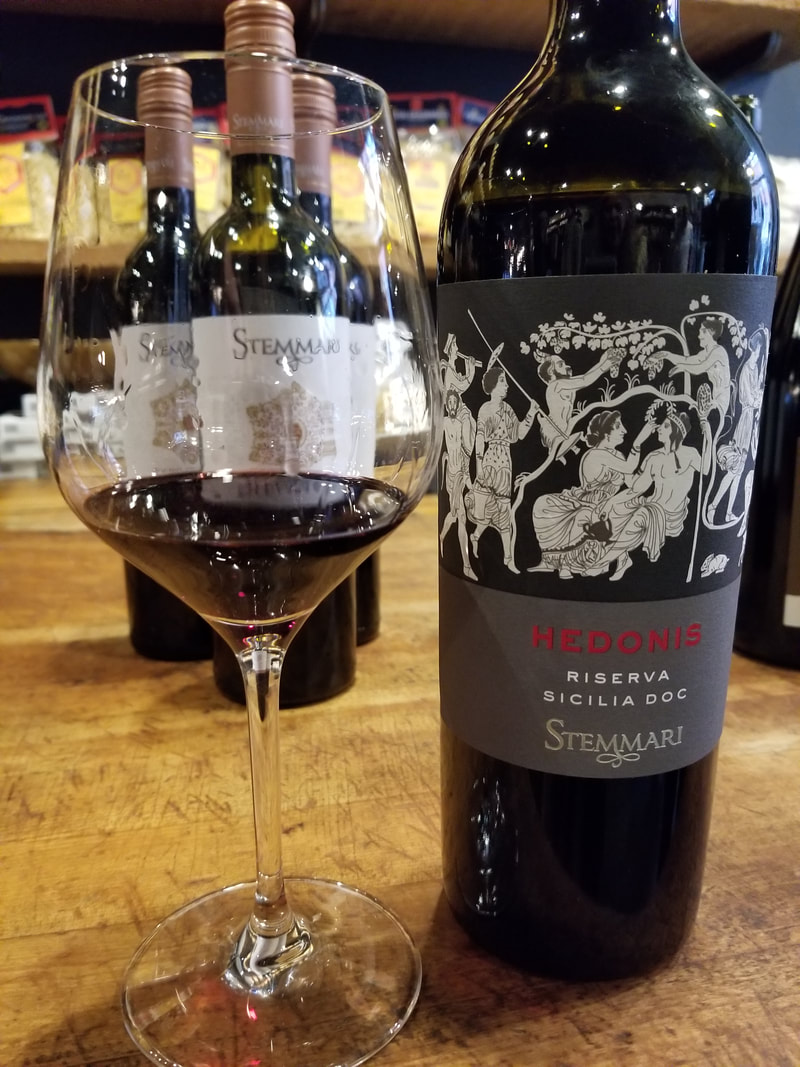
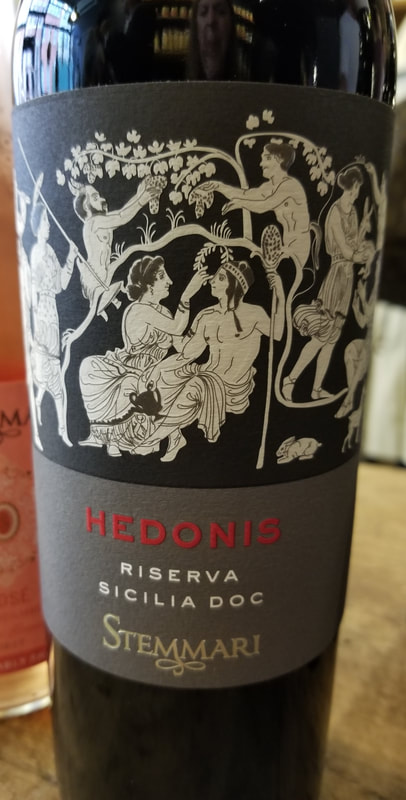
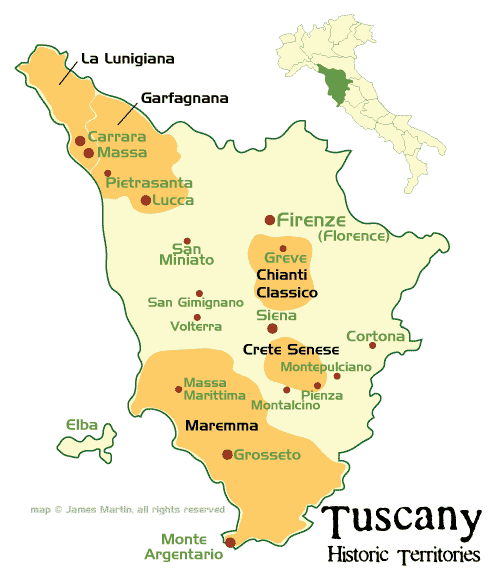
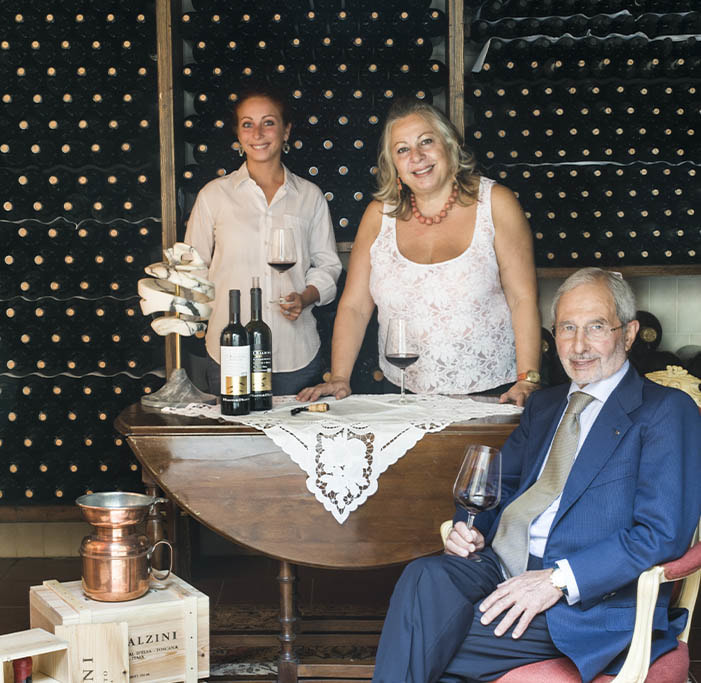
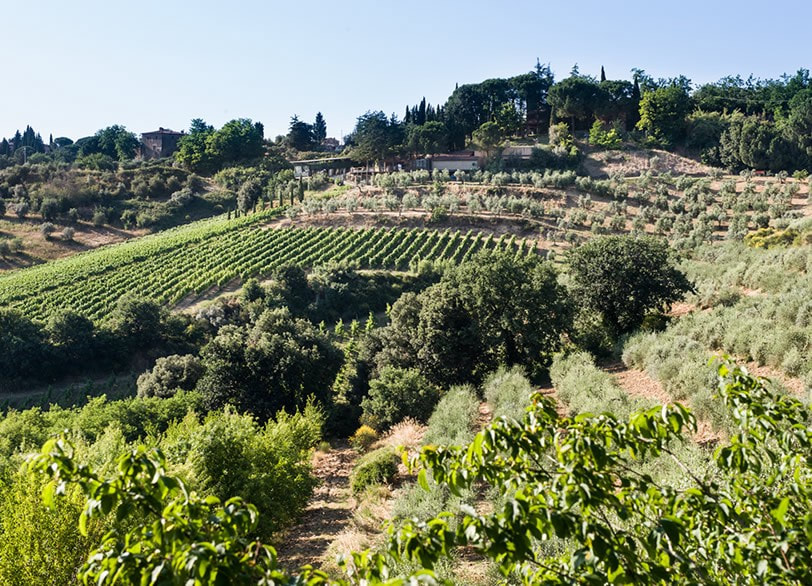
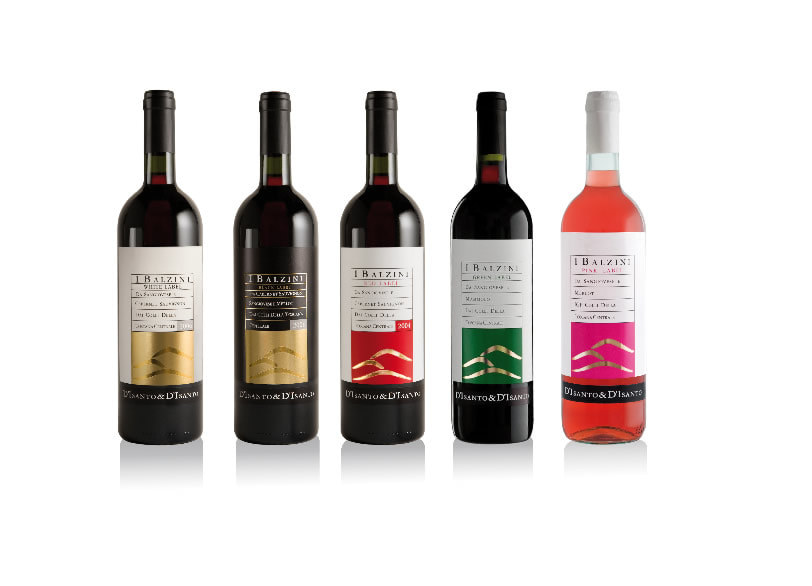
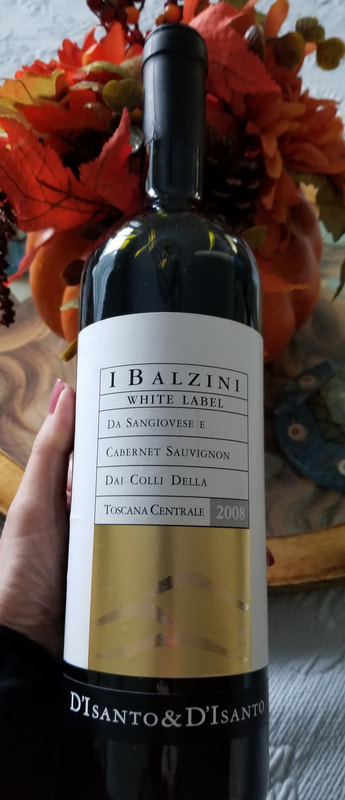
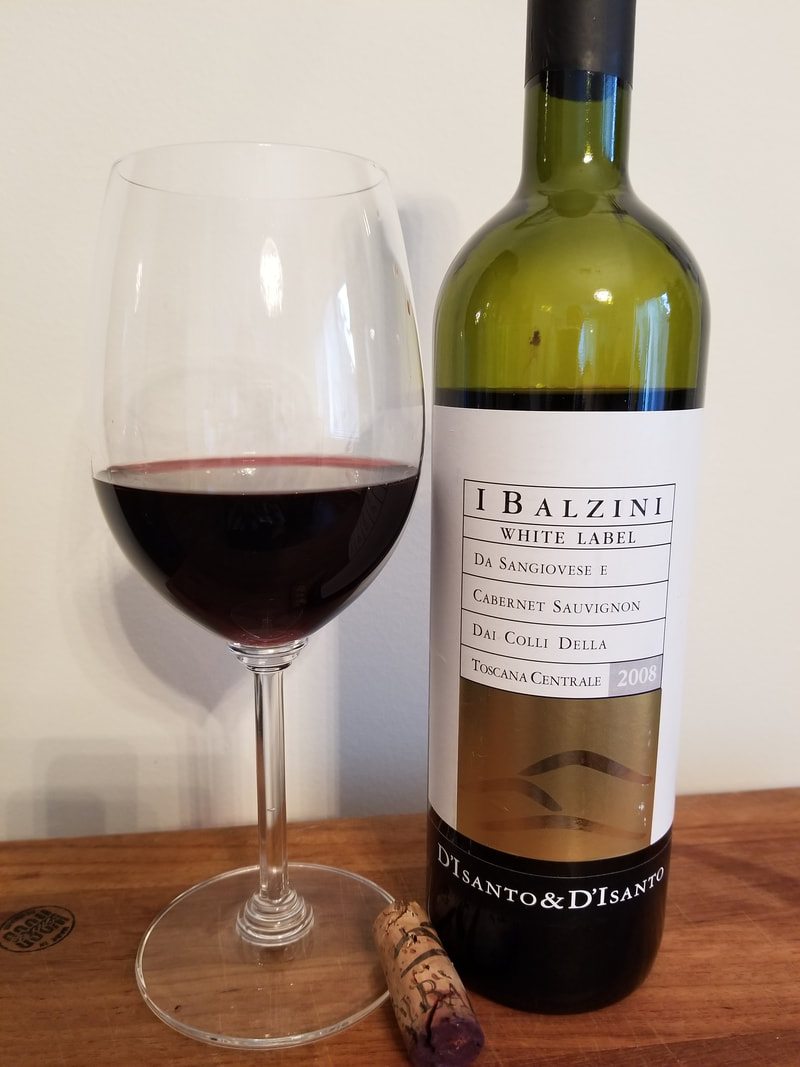
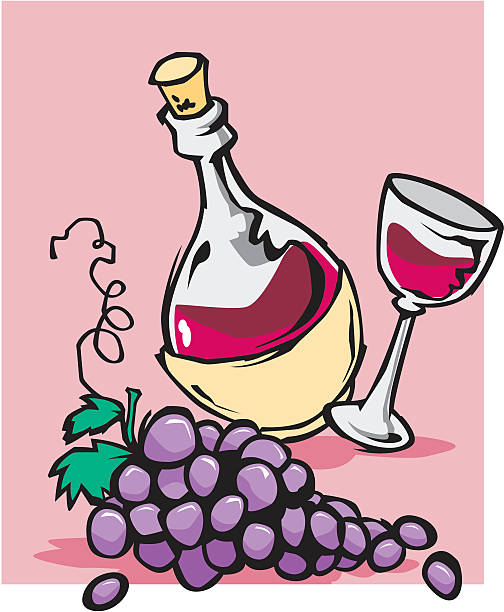
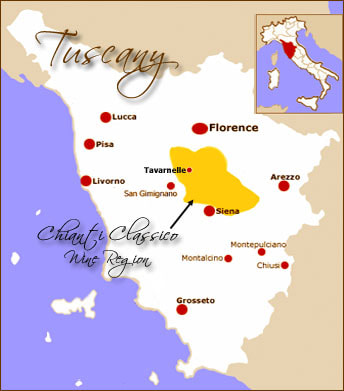
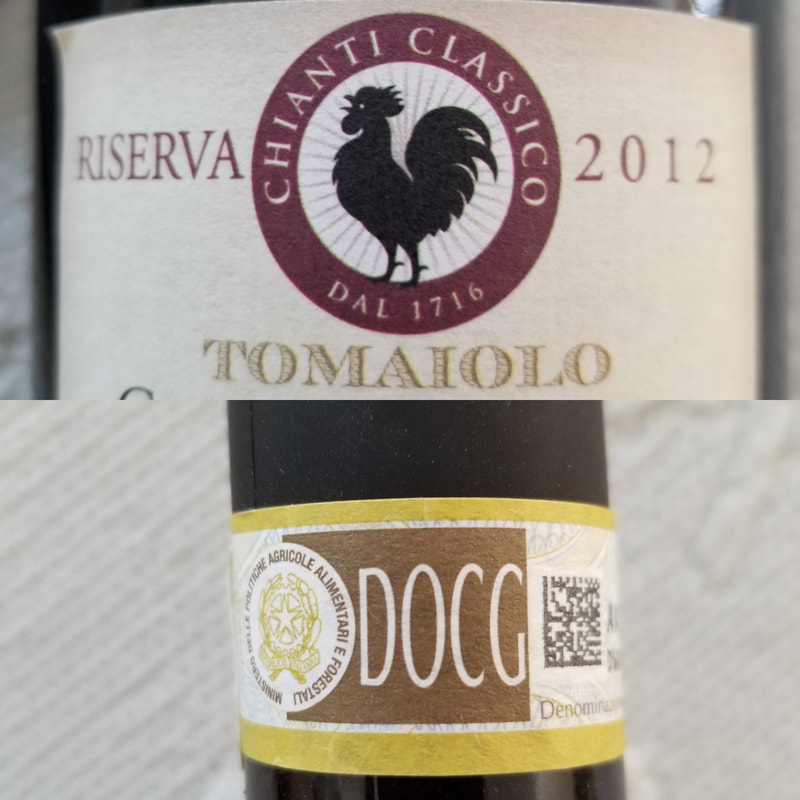
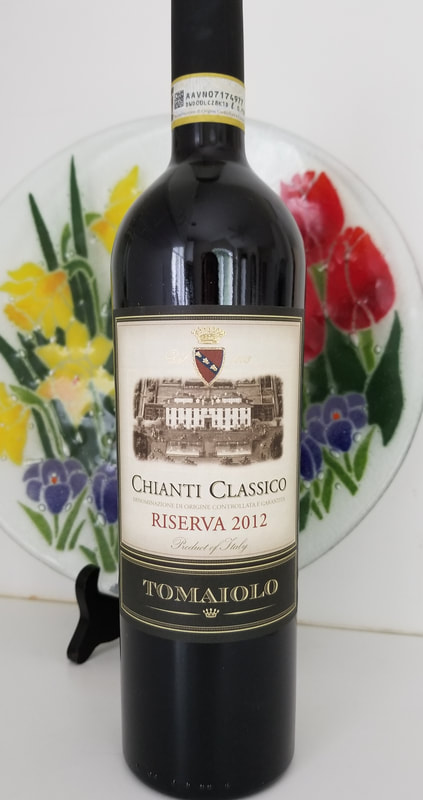
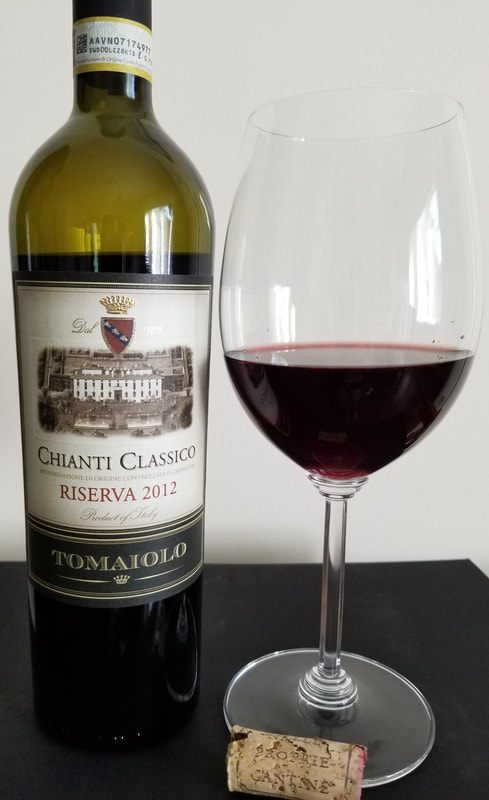
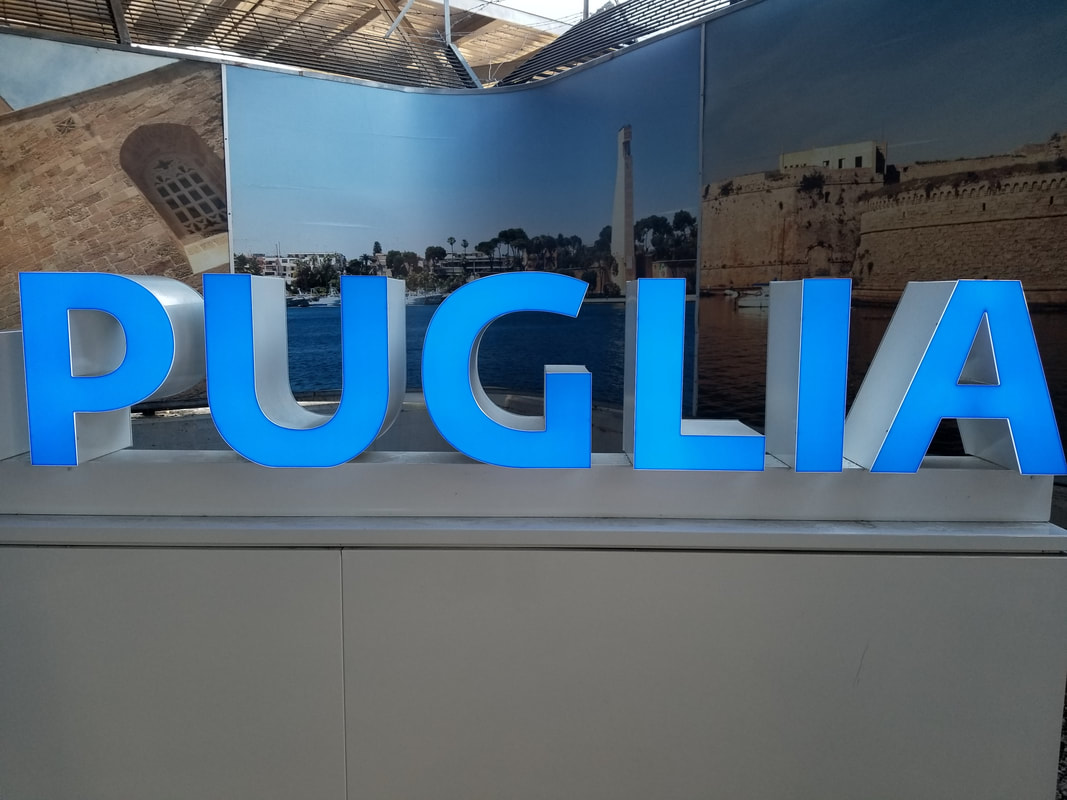
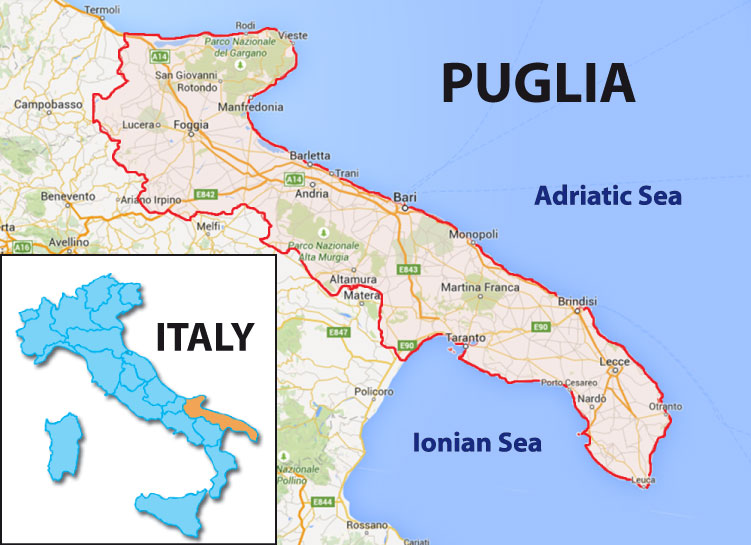
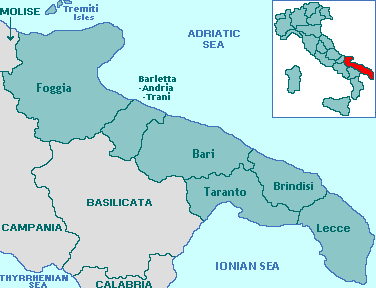
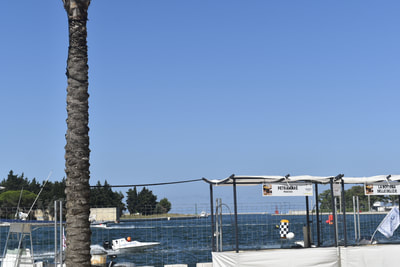
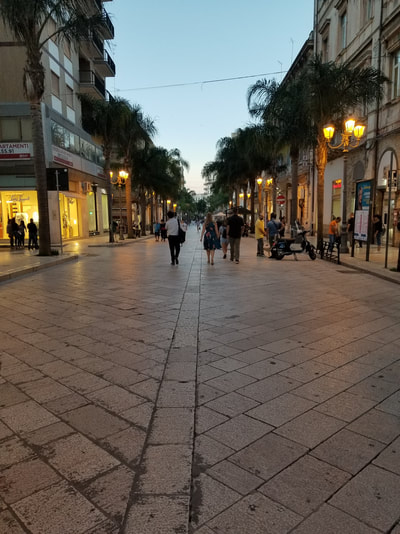
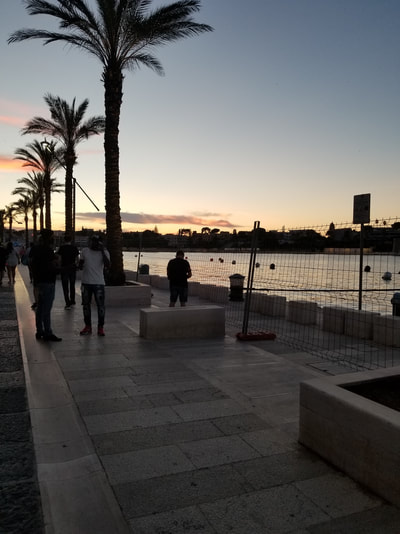
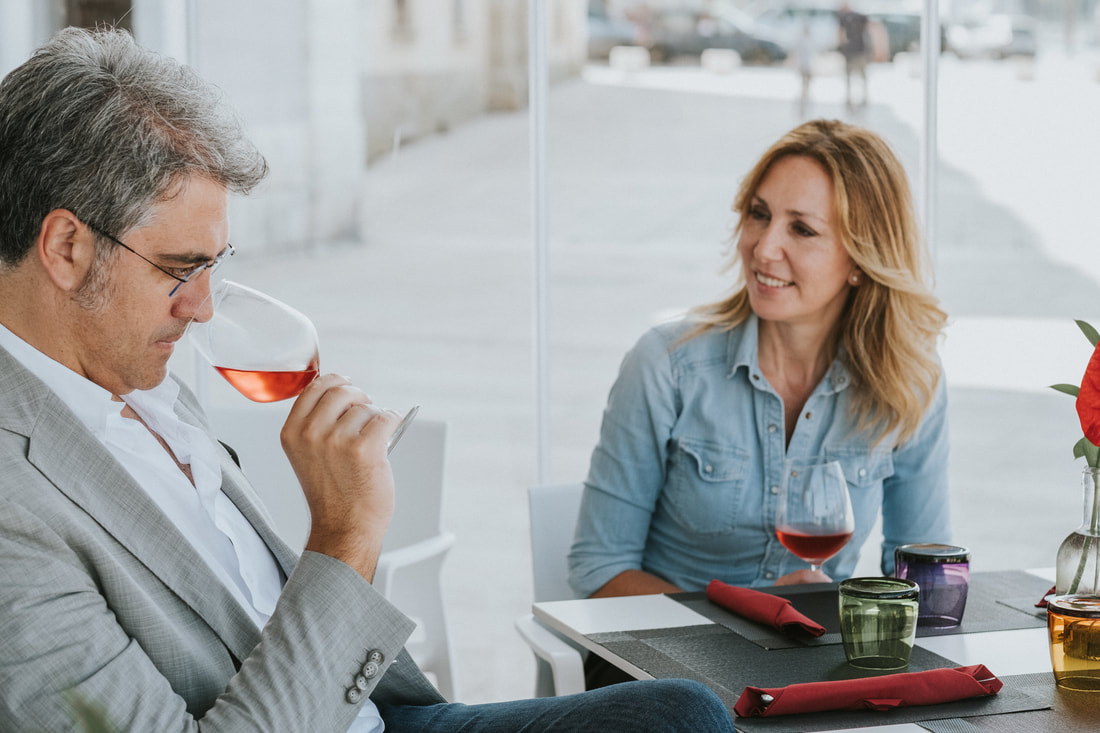
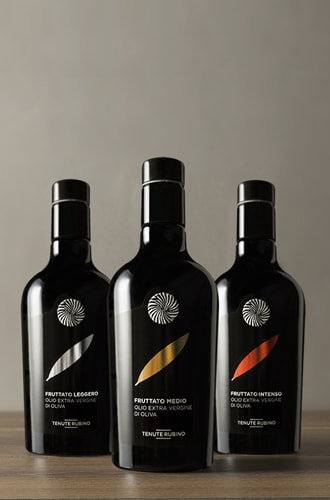
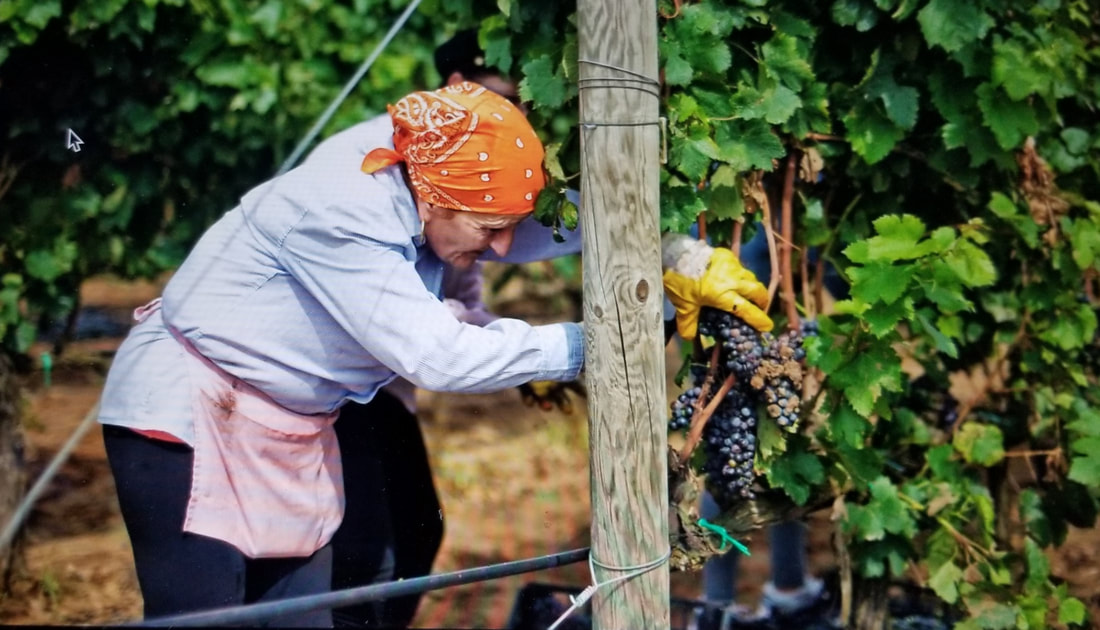
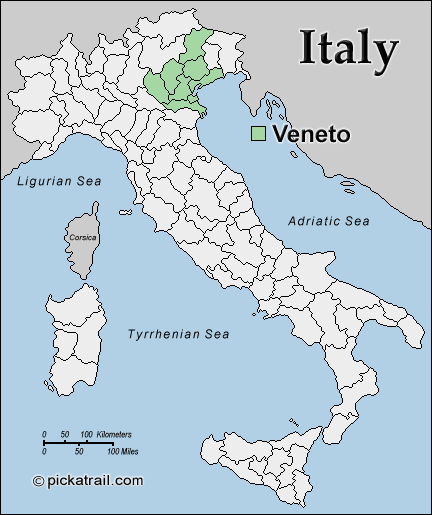
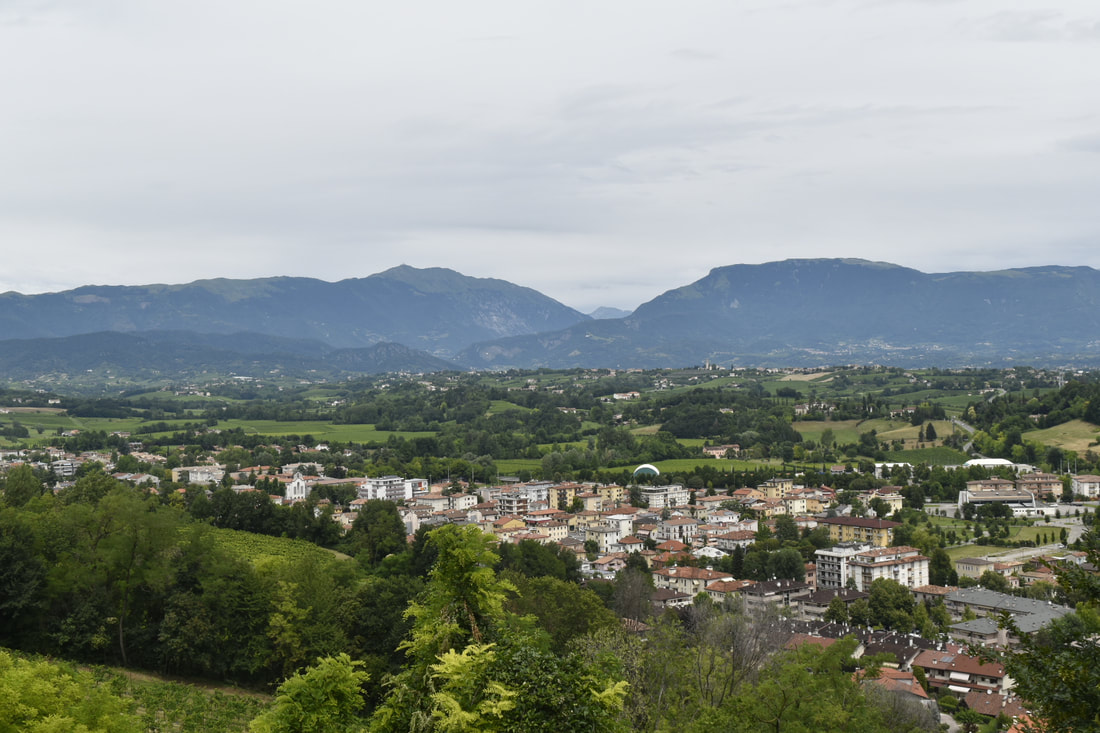
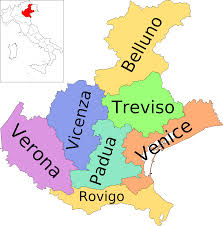
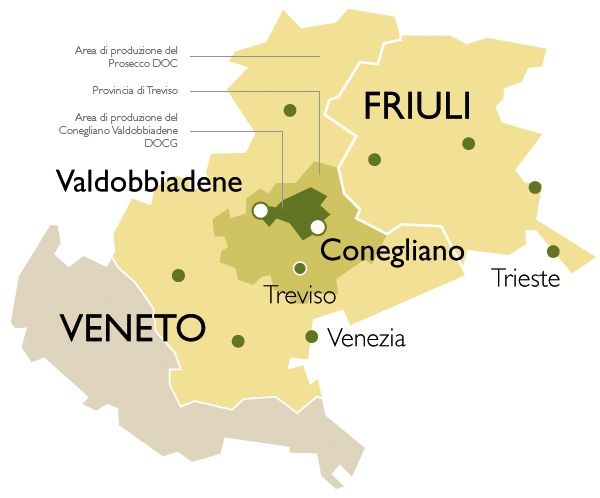
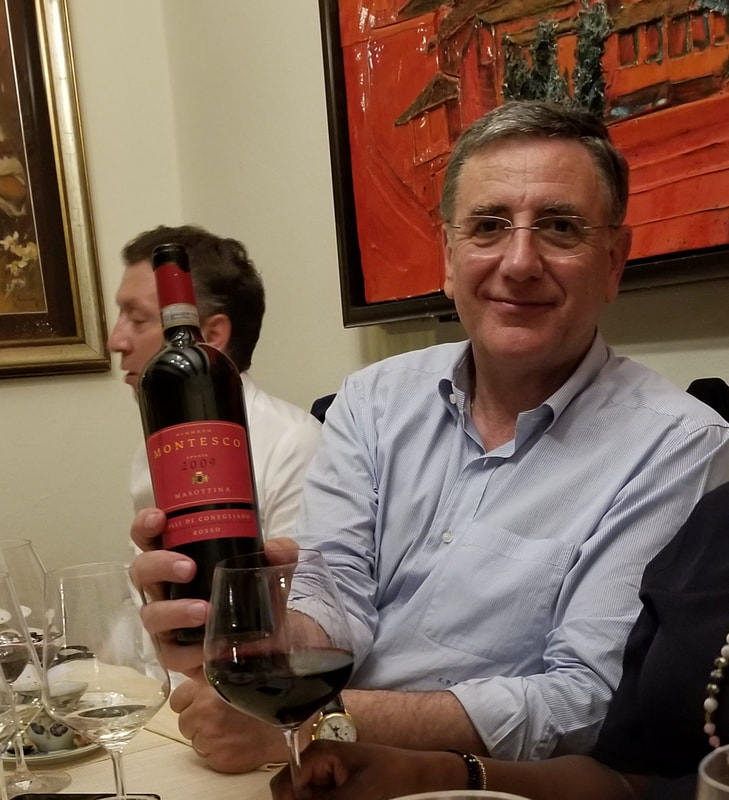
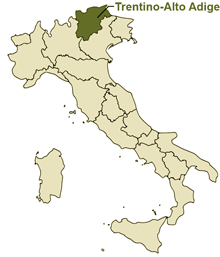
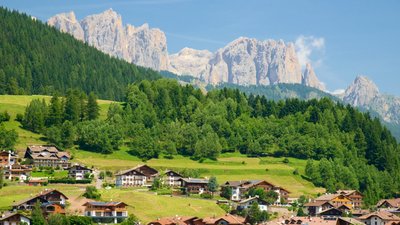
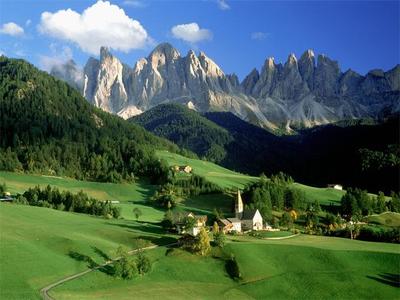
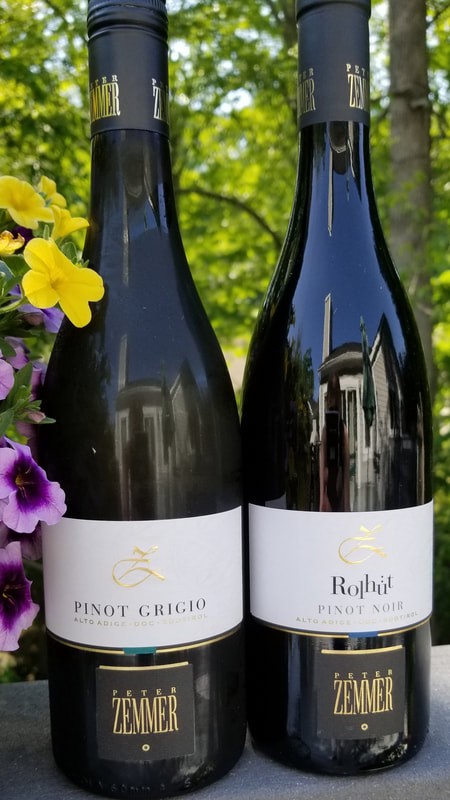
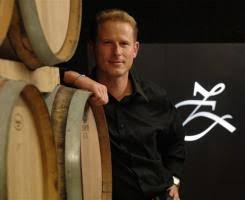
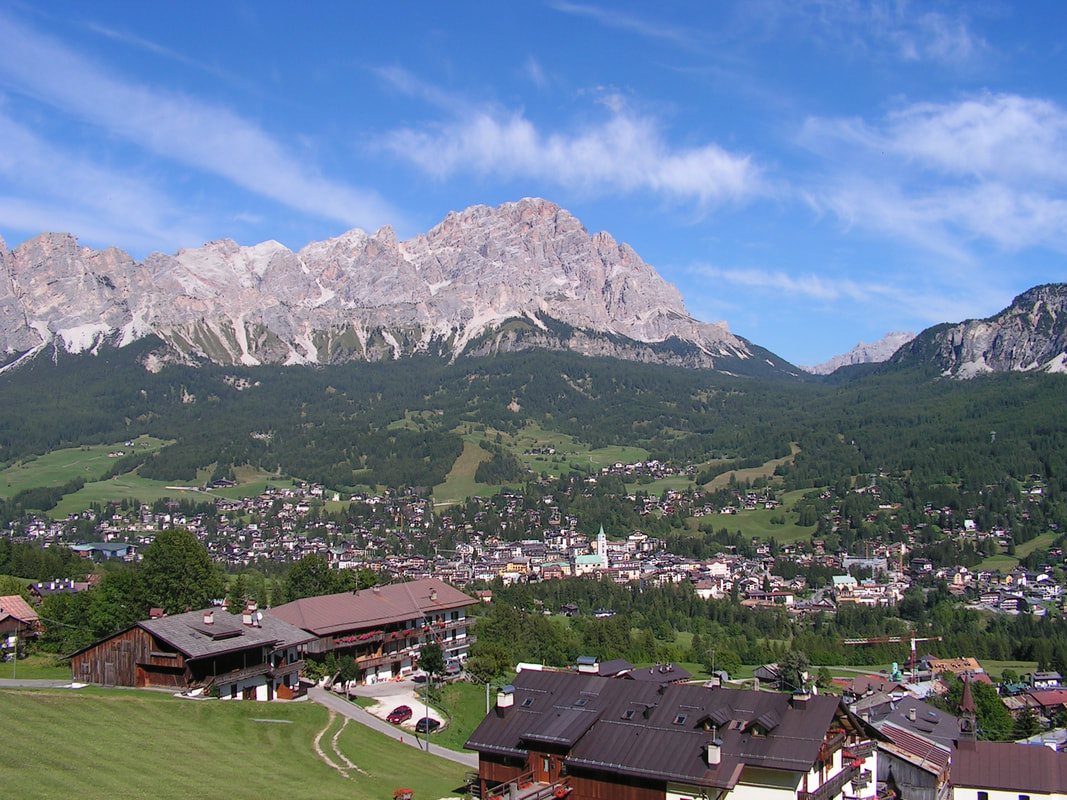
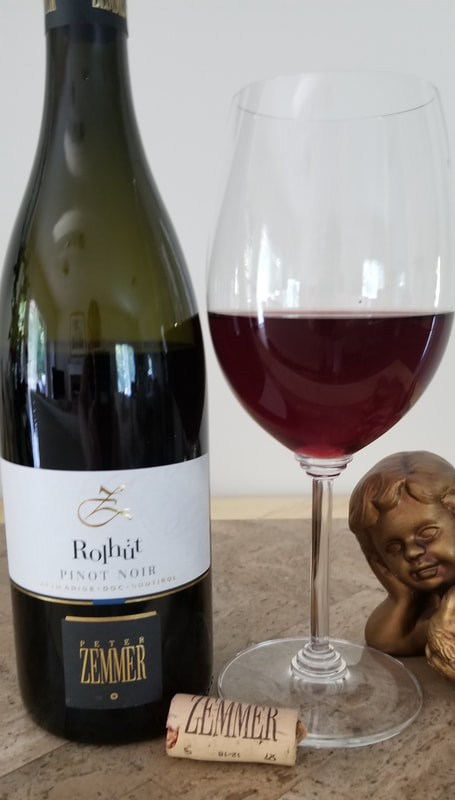
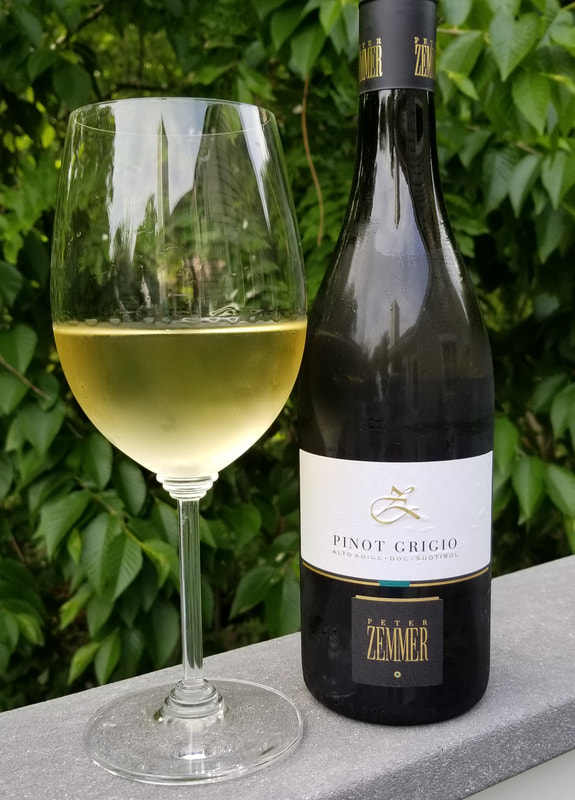
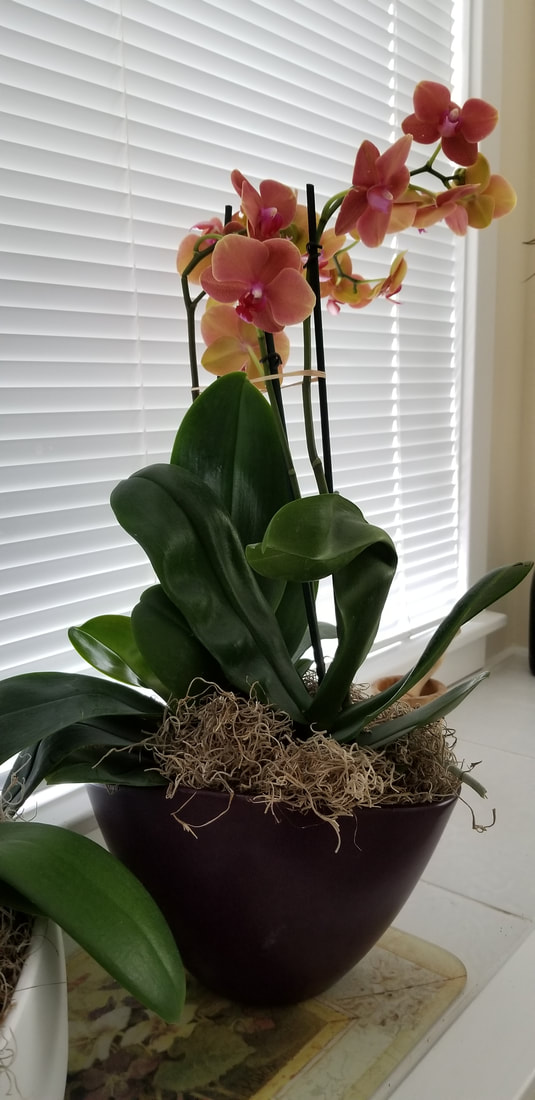
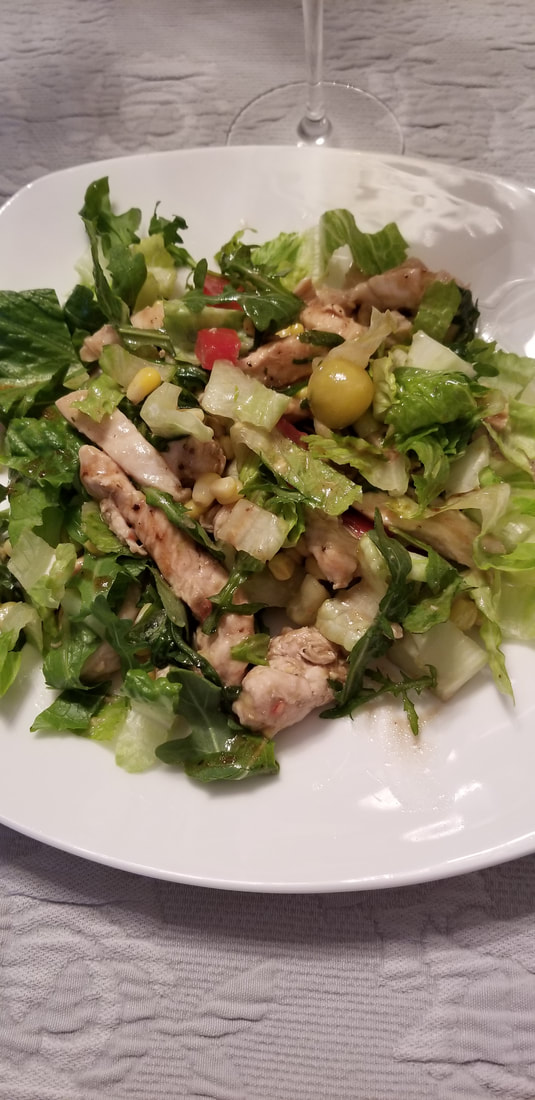
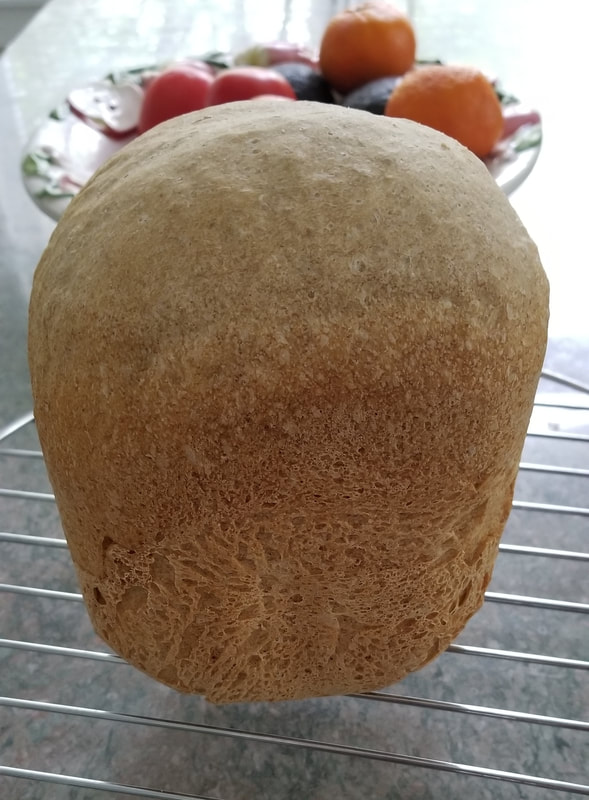
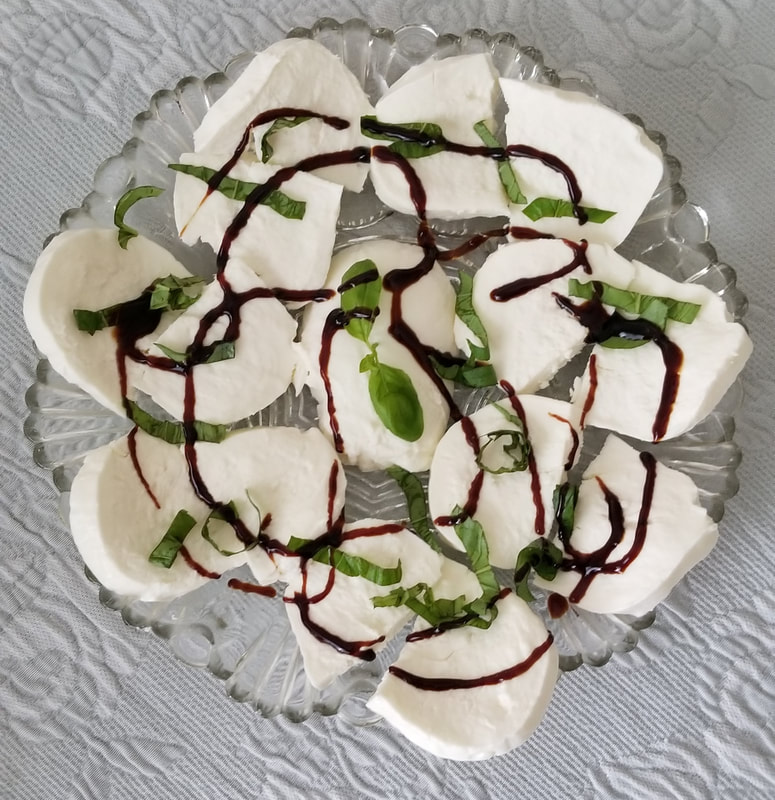
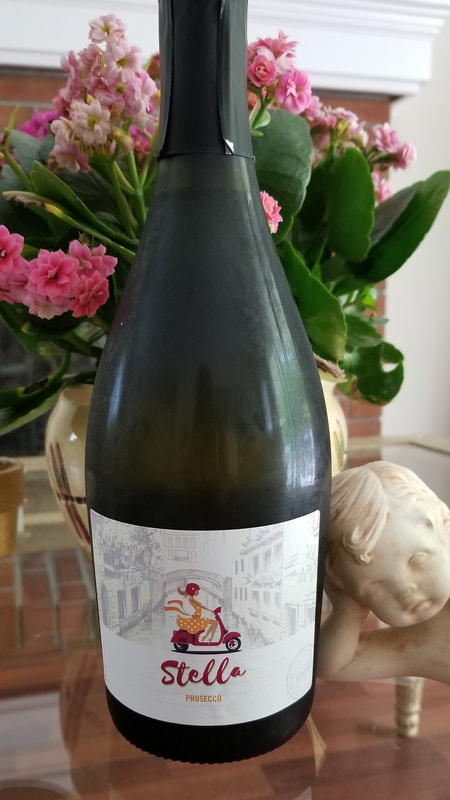
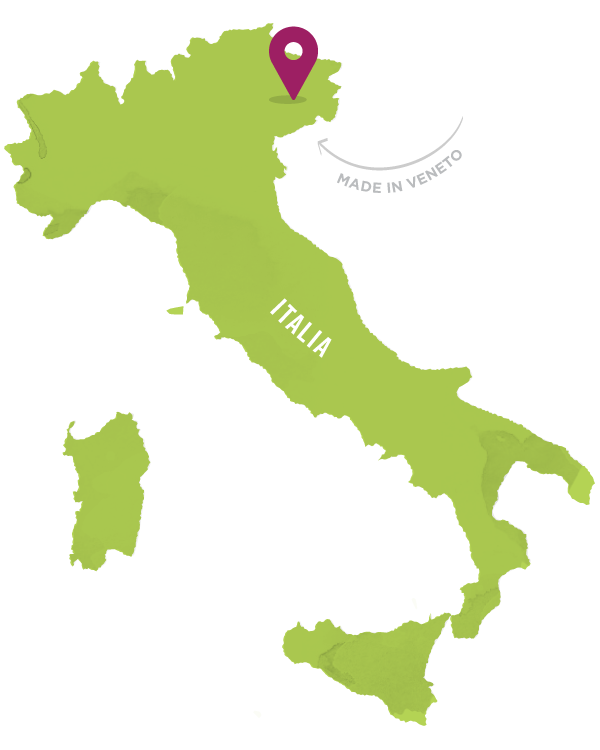
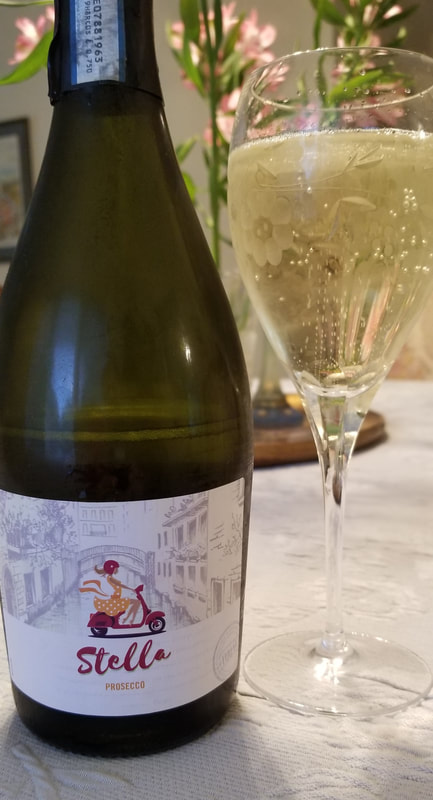
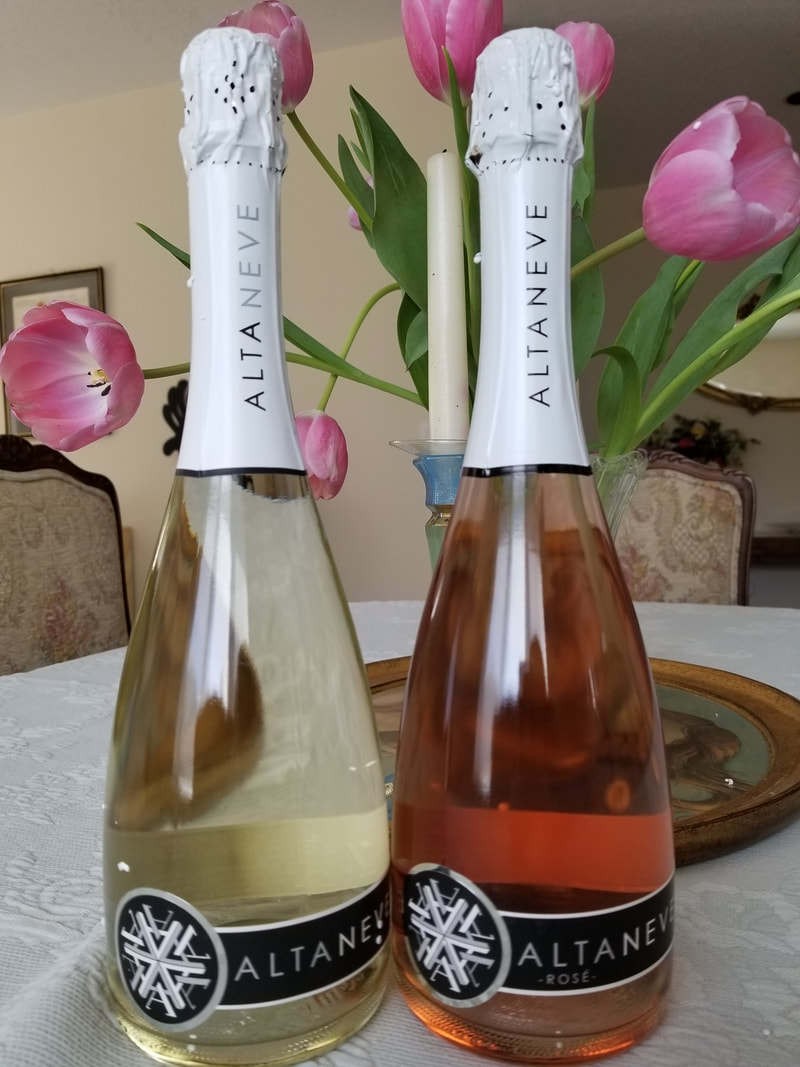
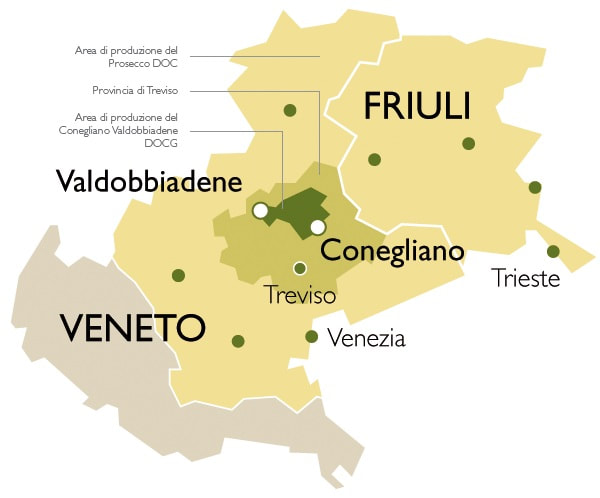
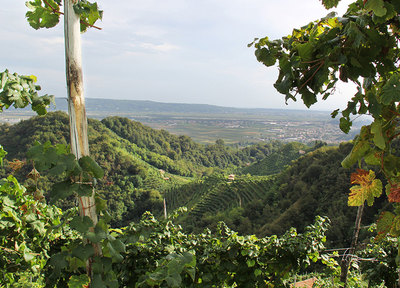
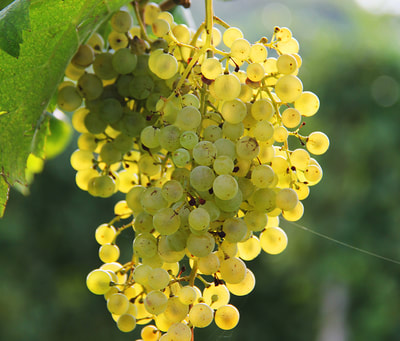
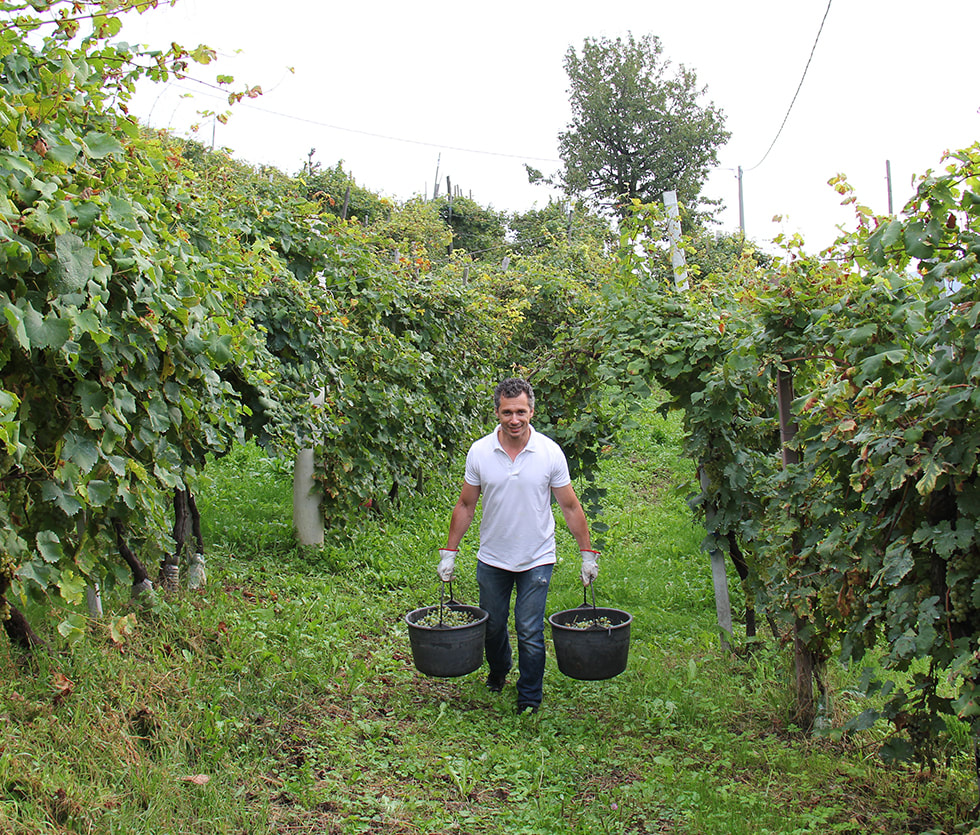
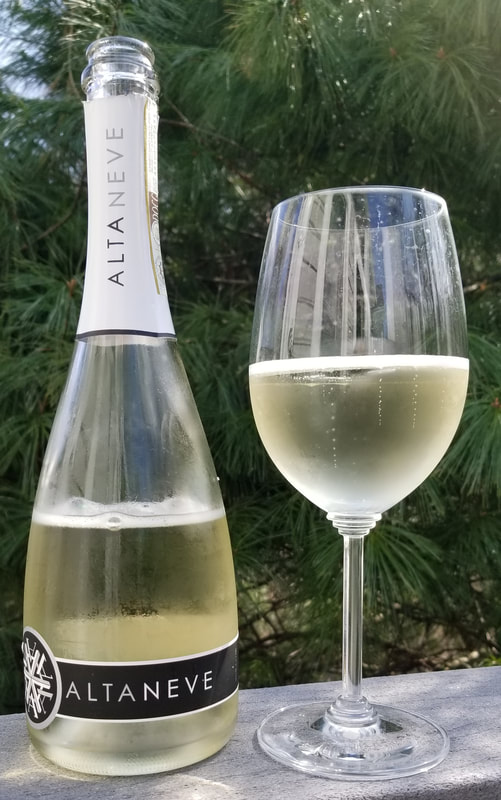
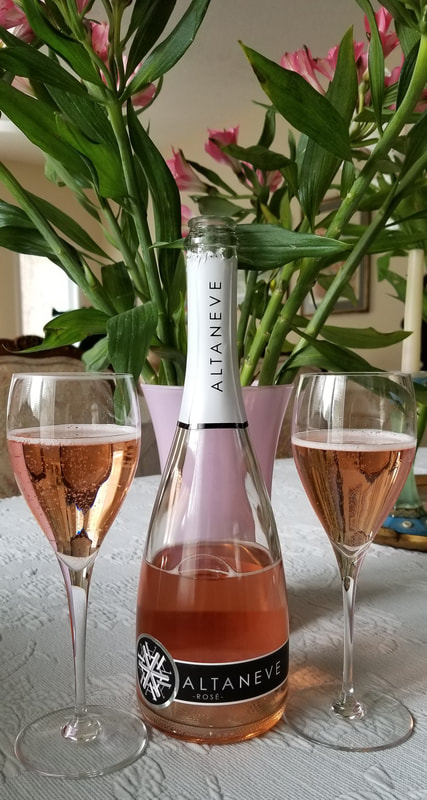

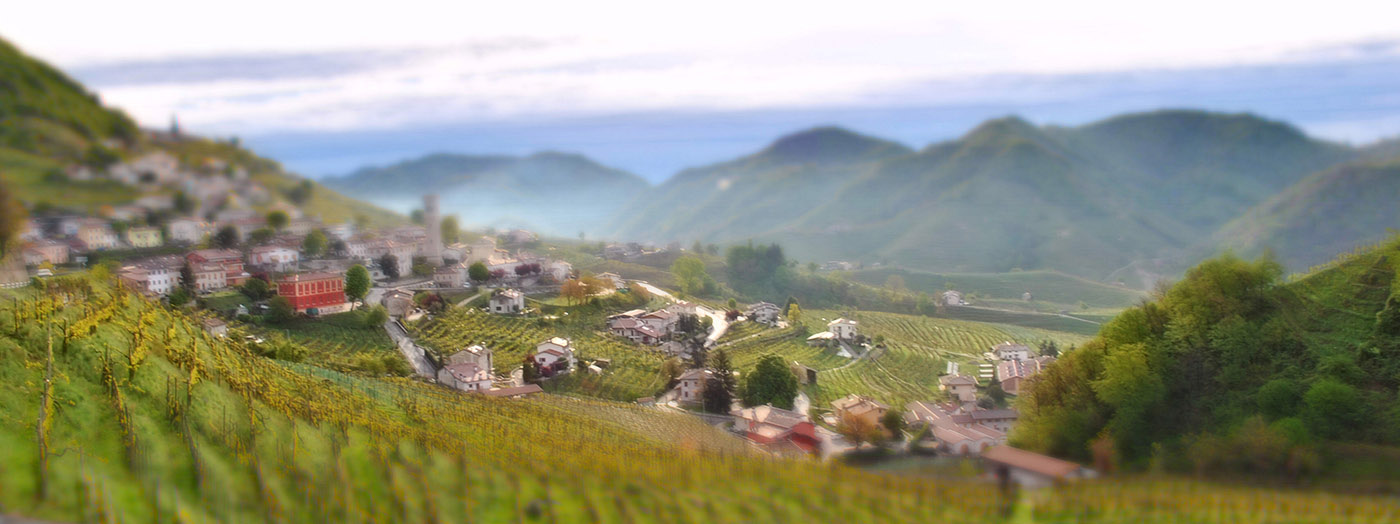
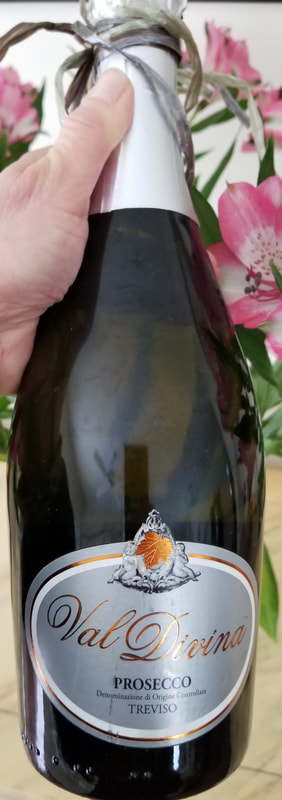
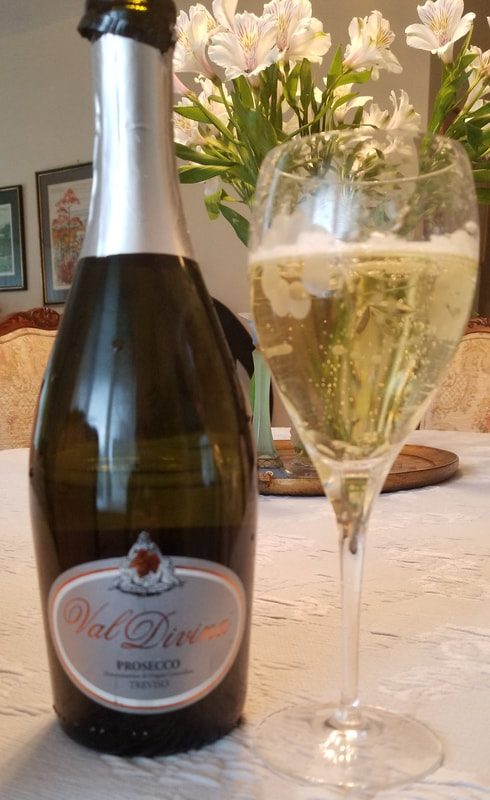
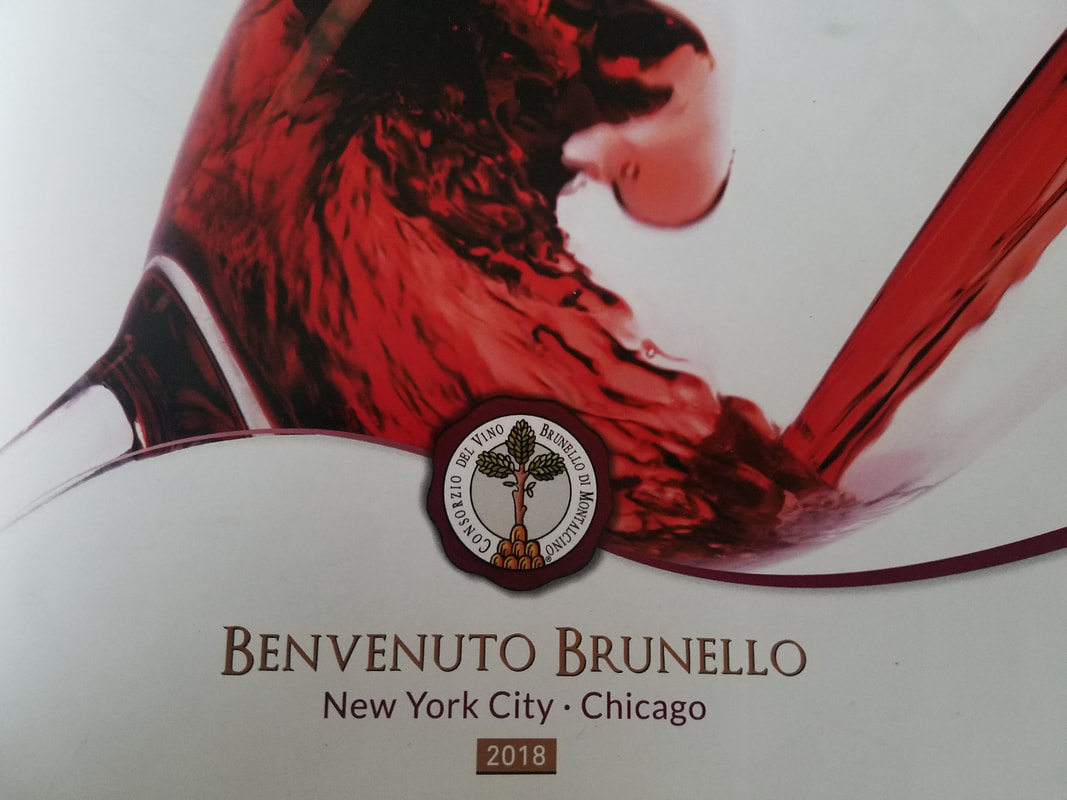
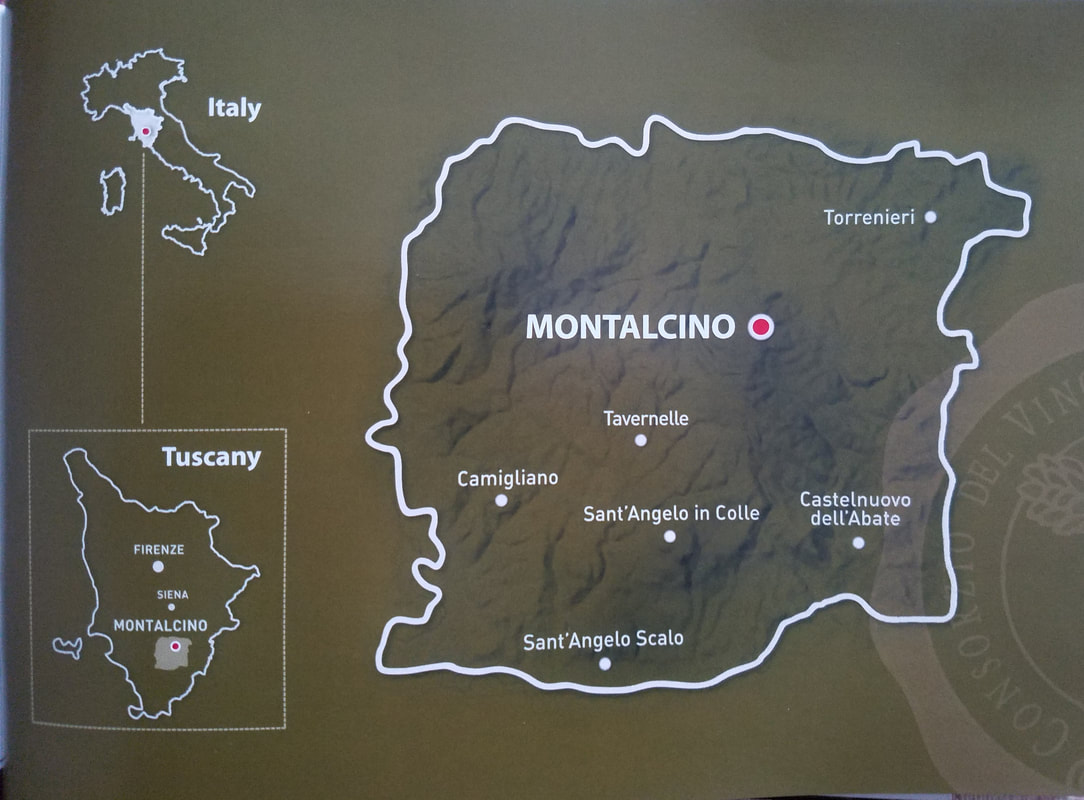
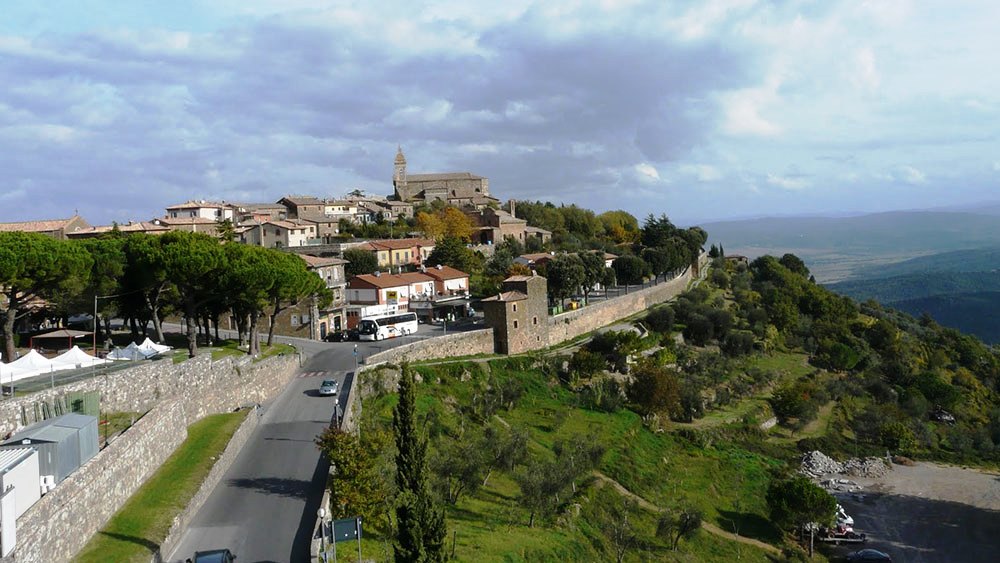
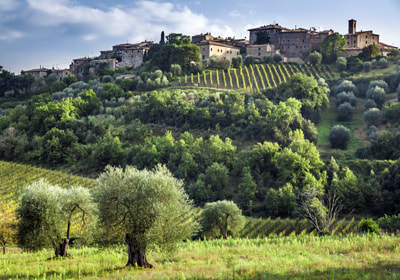

 RSS Feed
RSS Feed